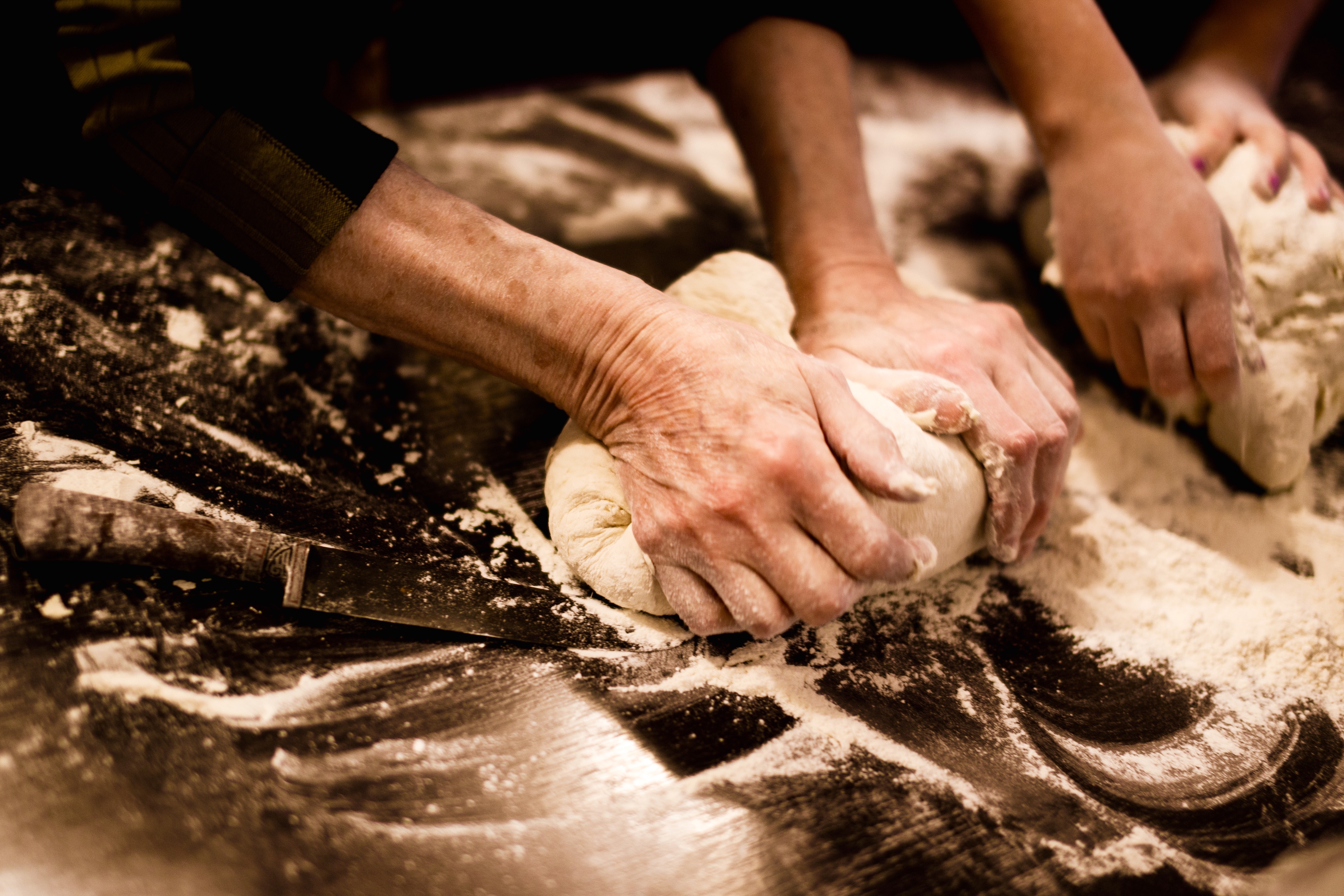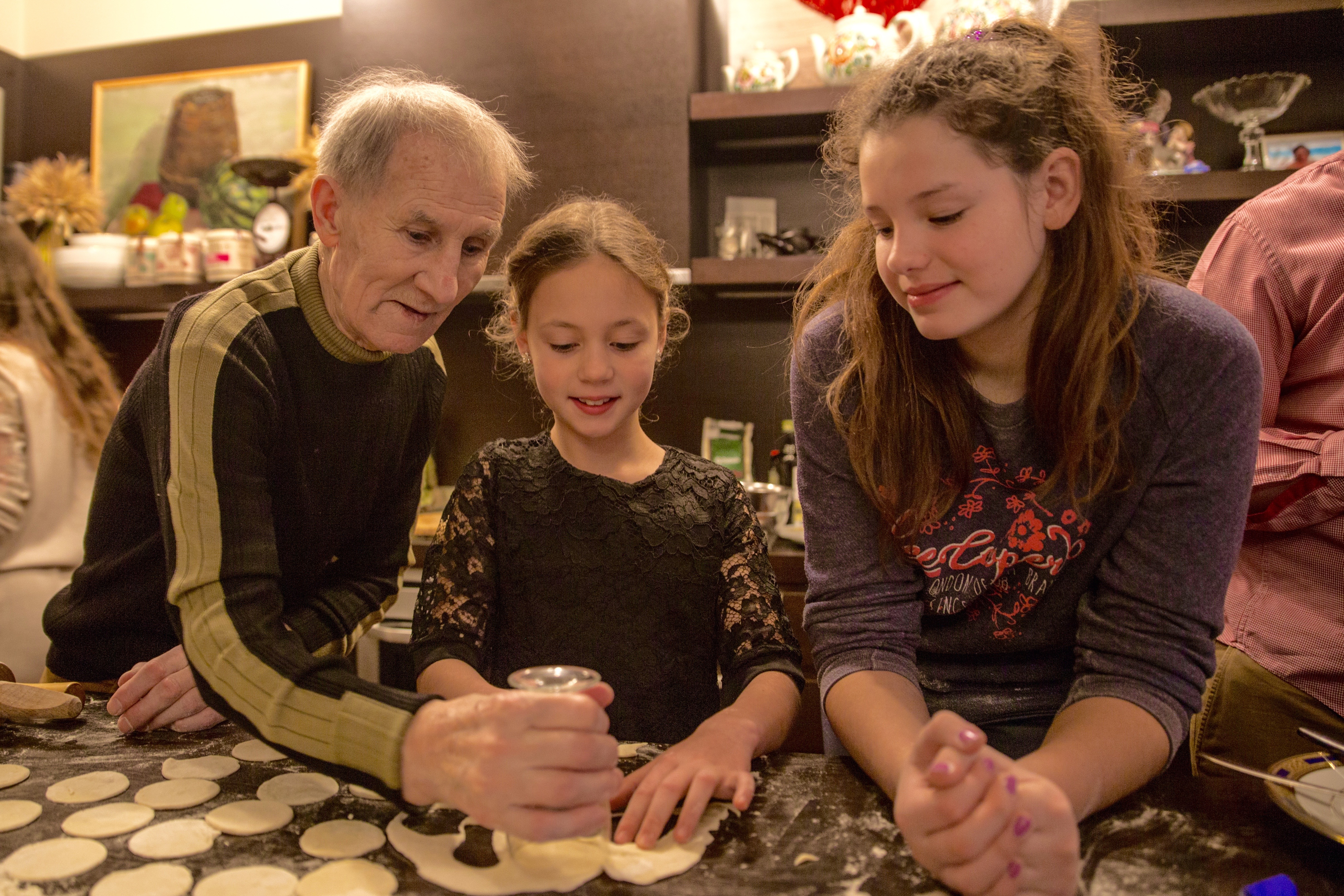The screen saver on my computer is a continually revolving door of the pictures in my digital photo library. Sometimes an image arises and pulls me into such strong “déjà vu” that I am carried back to that exact moment in time. A photo from several years ago opened on the screen recently. I paused, after it flashed by, to reflect on the moment a very young child learned to adapt with resilience and her own brand of spunk.
We were living in Paris, France when our granddaughter, Leila, who had just turned one-year-old, was left in our care for a four-day weekend. Our son and daughter-in-law, who met and fell in love in London, were attending the wedding of close friends there.
Leila was an active, walking toddler with strong attachments to her parents, particularly her mother. She had never been in the care of a babysitter or day care since her birth in California in 2016. Although we were living overseas at the time she was born, we had been together many times in both the U.S. and France. But she was a baby. And we were not her parents.


Anticipating separation anxiety even in the care of loving grandparents, I had suggested [several times] that the parents try some outside babysitting with other caregivers before leaving her with us in an unfamiliar environment in Paris. Well…
Our son flew directly to London on business before pleasure. Daughter-in-law and Leila flew to Paris first and were embraced by my husband and me in our Parisian apartment. Mother and daughter settled easily into the guest suite, and we spent a fine two days establishing routines and exploring the neighborhood. Then, early on the third morning, Mama left to catch a train to the UK. Seeing her mother descend on the elevator with a suitcase, life shifted dramatically in Leila’s experience.


This little girl cried herself into a state of exhaustion that resulted in an unusual morning nap. When she awoke, still inconsolable, it was time to mix things up. I called in reinforcements. My friend, Sally, came over. We went to a nearby park with a large sandpit playground. Sally and I watched Leila explore the play equipment, get dirty with digging toys, and sit with independently playing French children. Sad eyes throughout, but no tears. Home to lunch, an early bath, and second nap ending in the late afternoon.



Then an epiphany.
Hearing that she was awake, I went to the bedroom. Leila was sitting up, wearing an uncertain face, as she watched me open the door. It seemed another round of tears was about to begin.
And then something happened that I will never forget. While I spoke to her quietly, Leila looked at me, still in the doorway, briefly closed her eyes and visibly shook herself. From head to toe. As if, by shaking, she was able to transport herself to a new place. As if, intuitively, saying, “I will shift gears. Right now.” In the eight hours since her mother left, an emotional switch turned. She emerged from complete misery to a different way of seeing things.
Leila reached out her arms to me. And I witnessed true grit in a little girl who visibly changed her perspective because she needed to, and then wanted to. Yes, adaptability is a trait in tiny people, too.
The next three days unfolded seamlessly. The daily park adventure was an anticipated and engaging outing. At home, we watched my revolving computer photos and talked about the people she recognized. Mommy and Daddy, Donk and DeeDee [Mark and me], herself as a younger baby. She imitated my yoga moves. We danced.
There were sweet moments of playtime in the bathtub, bedtime songs and stories, and hiding in the dining room curtains in a funny game of hide and seek with Leila certain that she was invisible. There were trips to the toy store and stops for coffee and snacks at our market street café. At a sidewalk table we watched the world go by and then explored the pedestrian street.
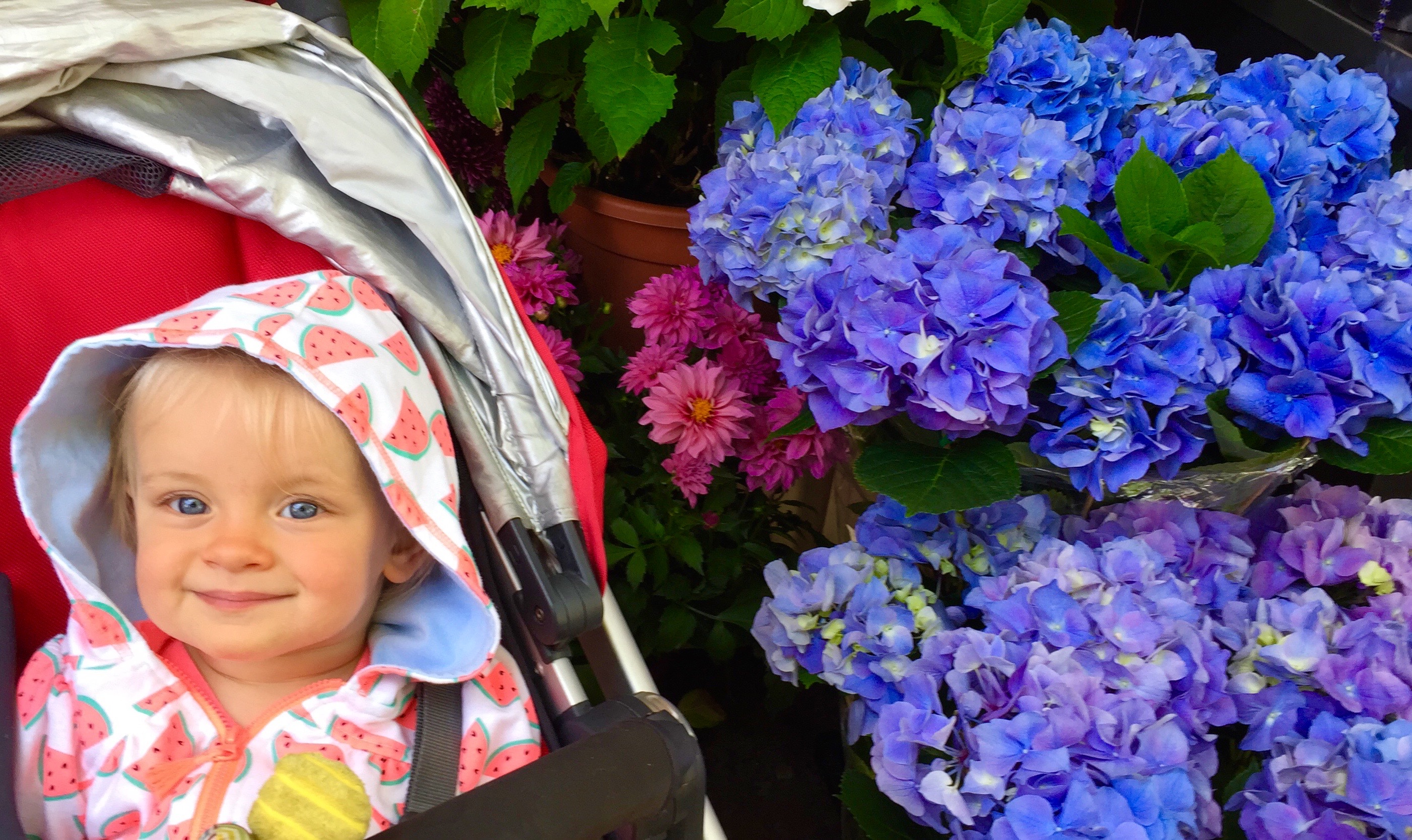

By the time Leila’s parents returned, a life lesson in trust and love and flexibility had been established. She was fine. We were fine. Back on the scene, witnessing their daughter’s smile and welcoming hugs, the parents were fine, too.



Adaptability is a step above resilience in human temperament. It takes behavioral and emotional coping skills to adjust to new circumstances. In the ever-changing situations of life, learning to adapt as quickly as possible, ideally with support from others, is vital developmental know-how. Leila hit the first mile marker.
As the saying goes, it takes a village to raise a child. Grandparents and grandchildren each need to find a way to create and live in their own special harmony. Young children can, and do, adapt when facing new or unfamiliar situations. But they need to figure things out in their own way and time. Successfully adapting and overcoming challenges, particularly at a young age, lays the groundwork for all that lies ahead in life.
When I see a photo of that memorable visit flash by on the computer screen, I relive the story of a beloved granddaughter who found the ability, within herself, to emotionally change at a tender age. In doing so, she grew. And thrived.
It happened right before my eyes. Simply unforgettable.
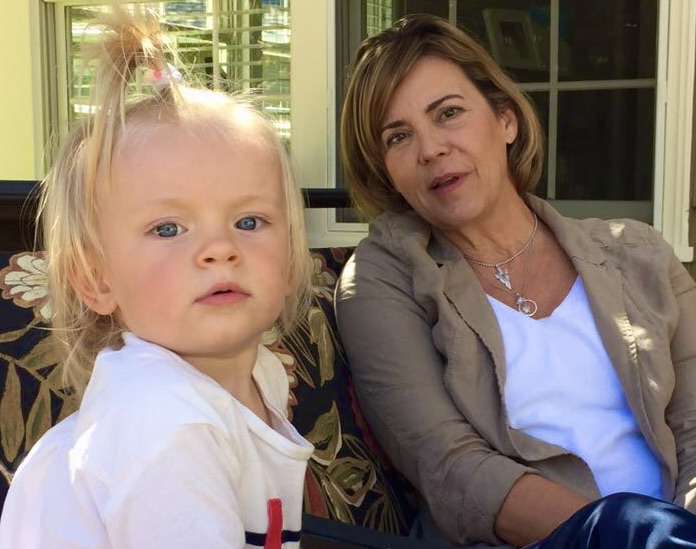












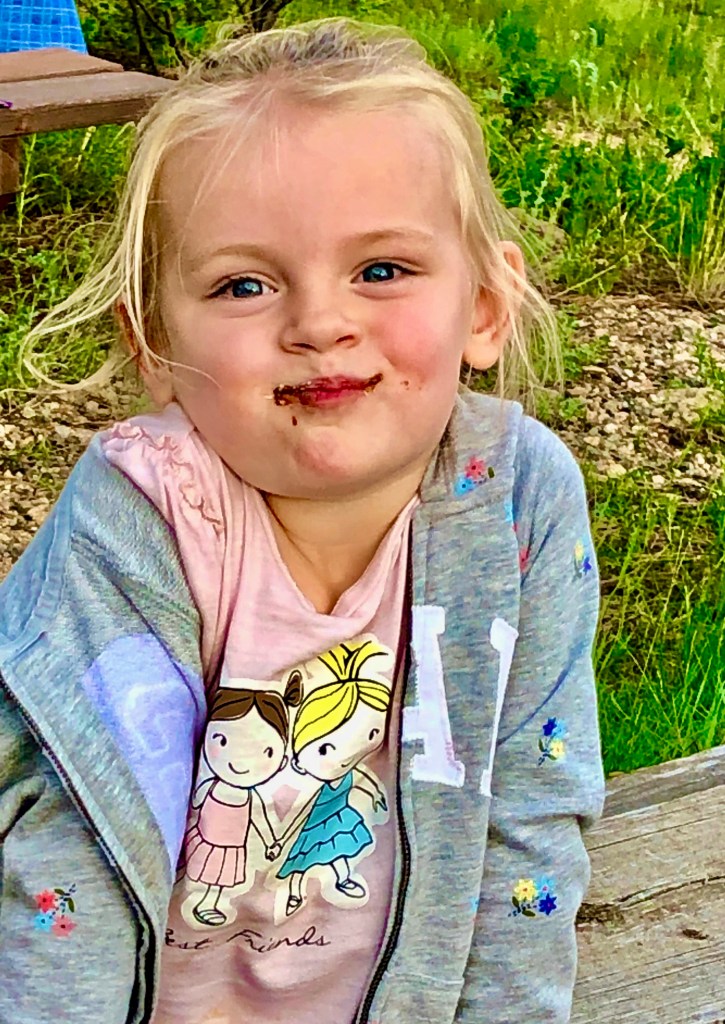


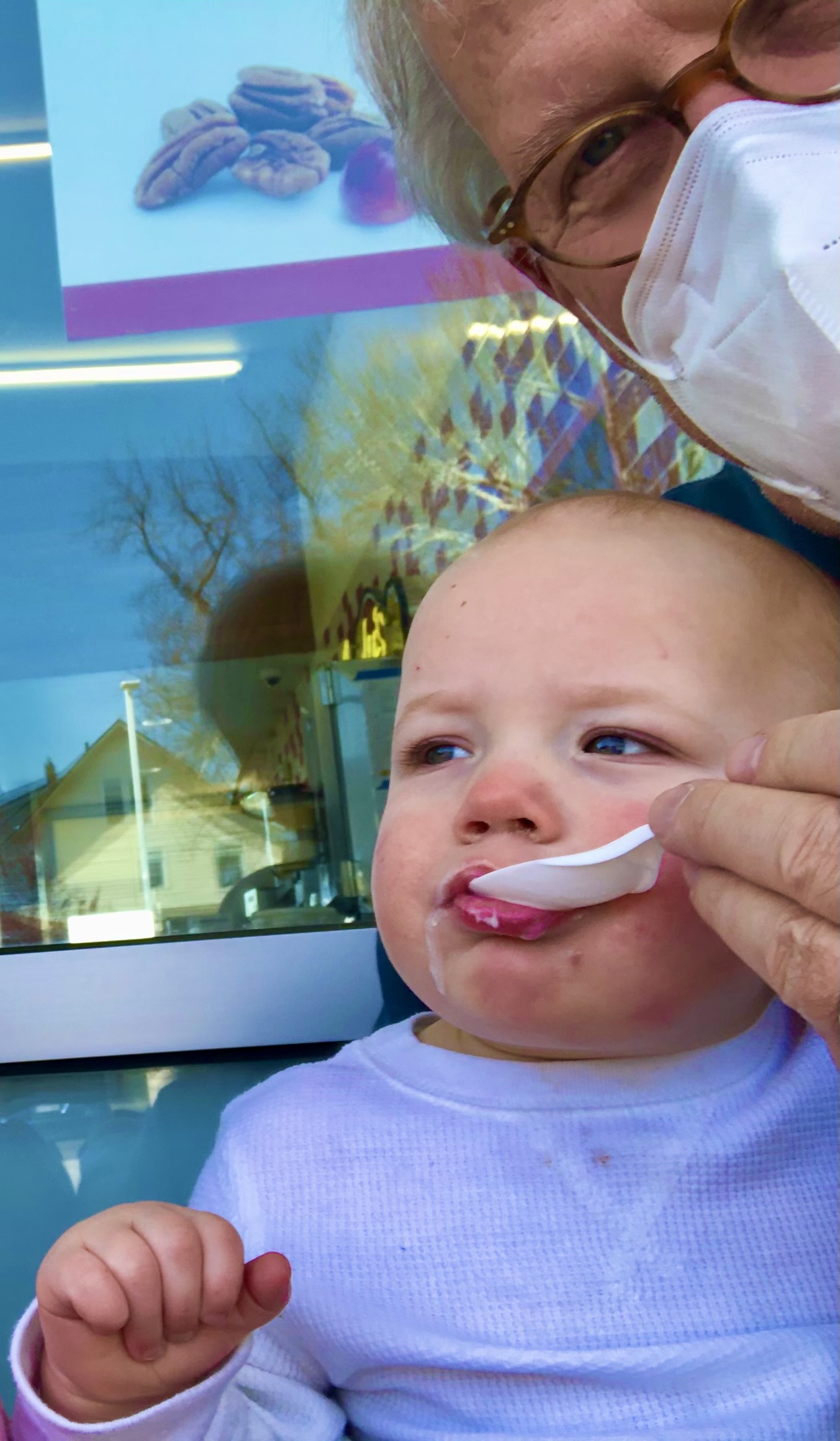
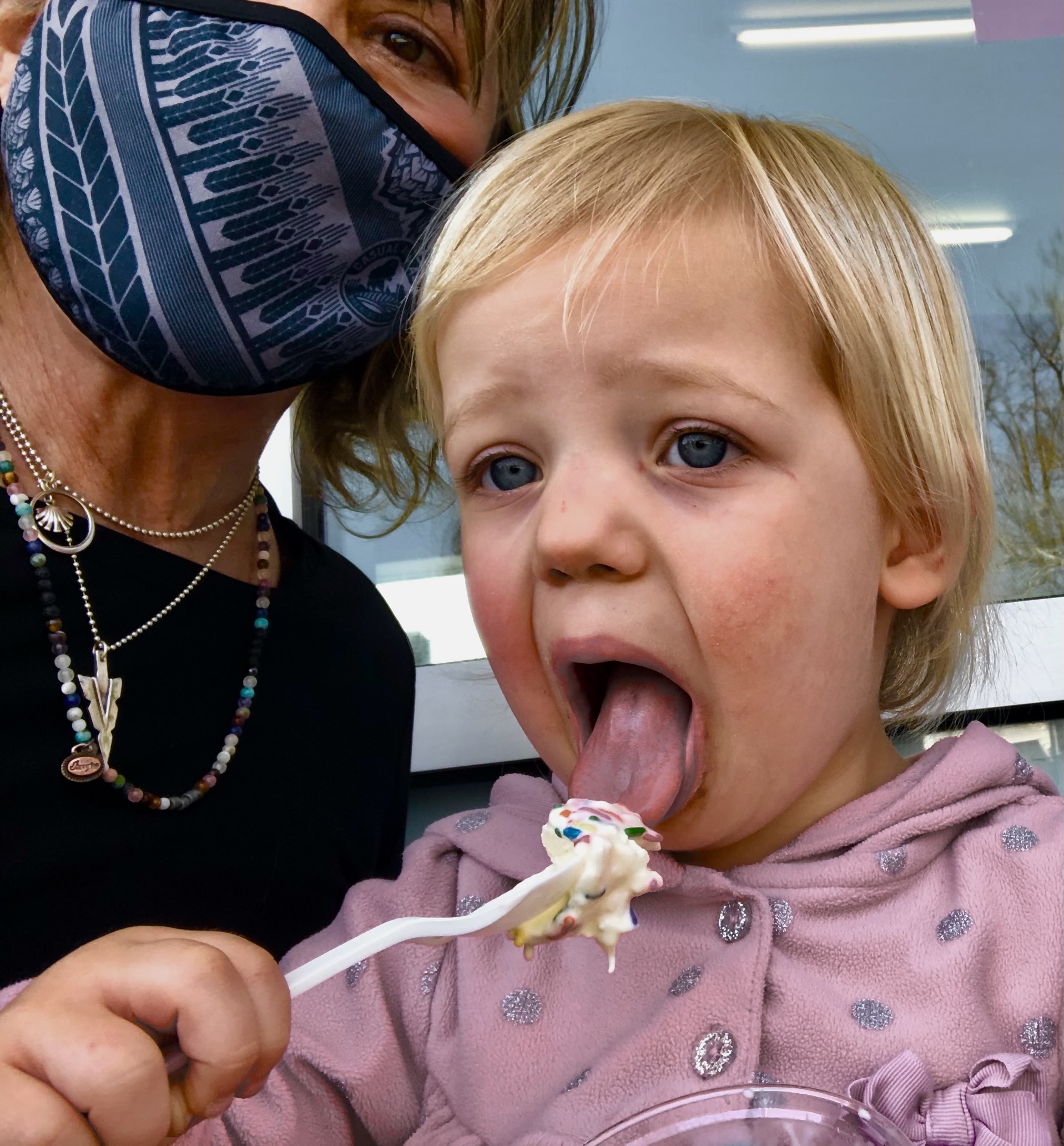
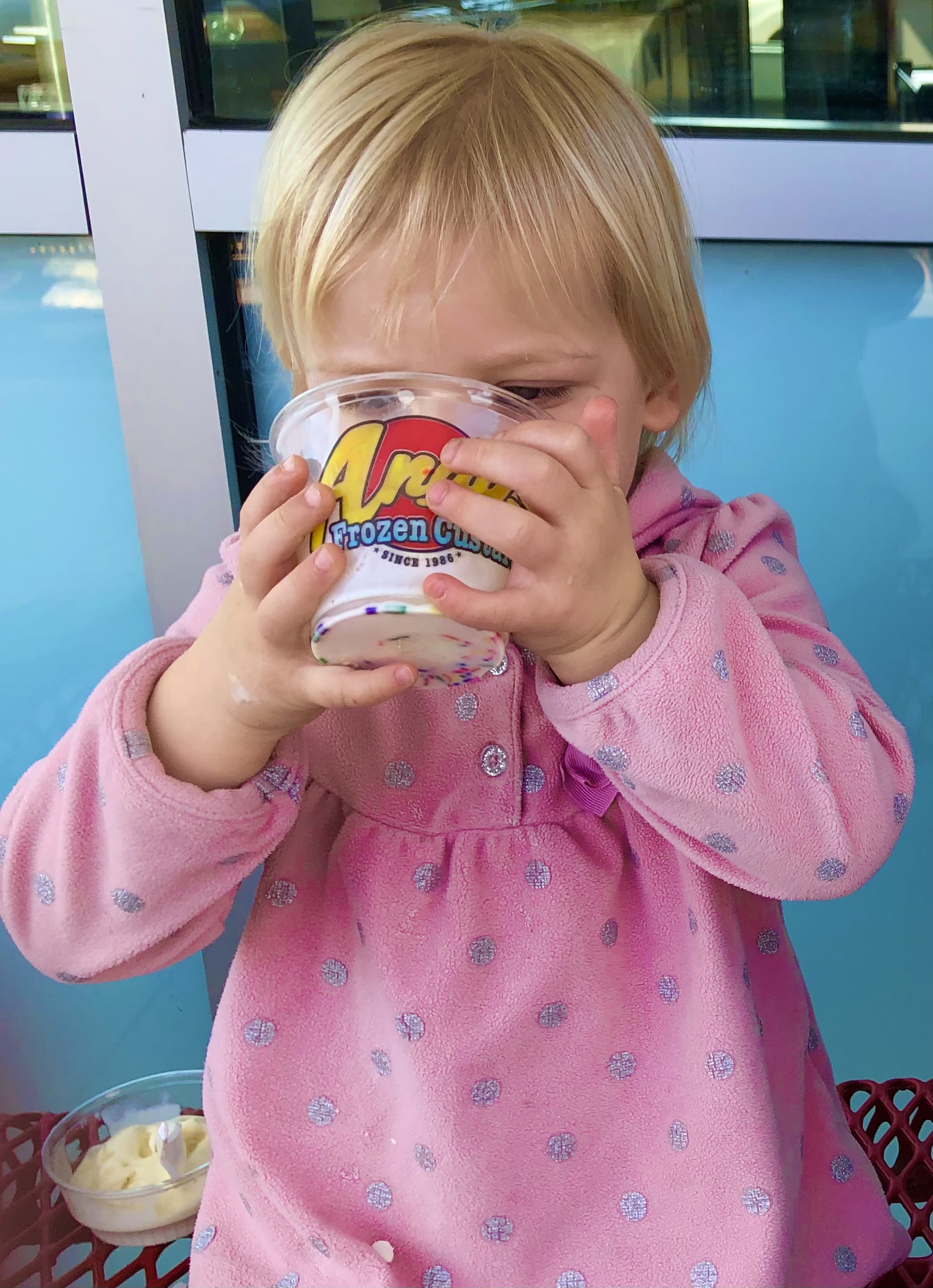
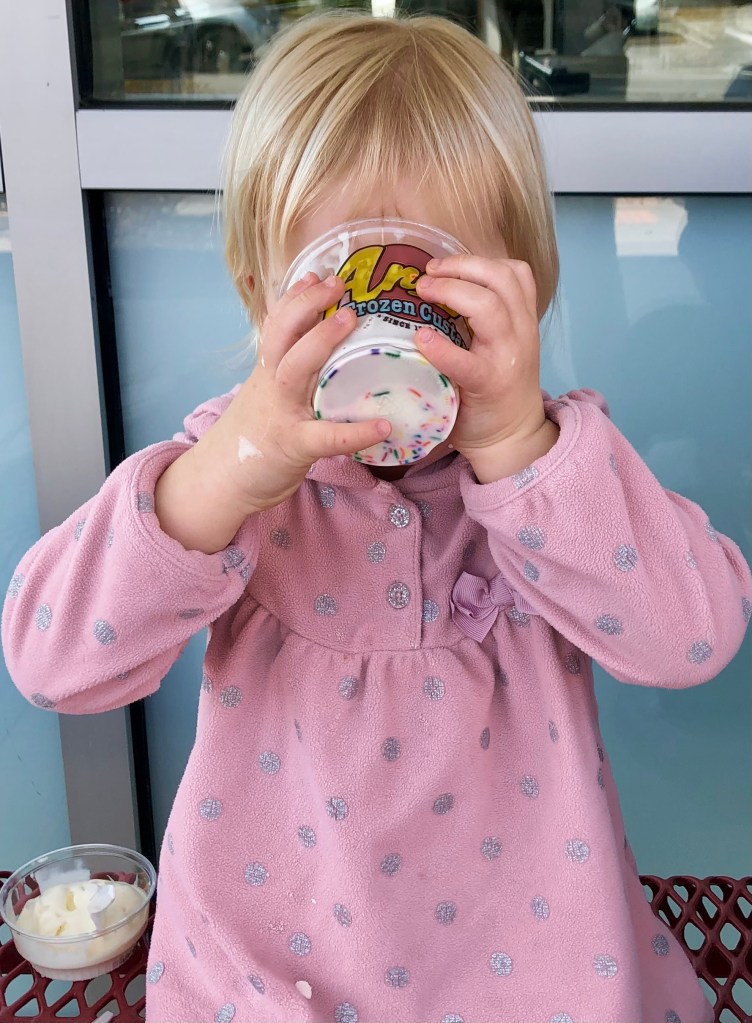

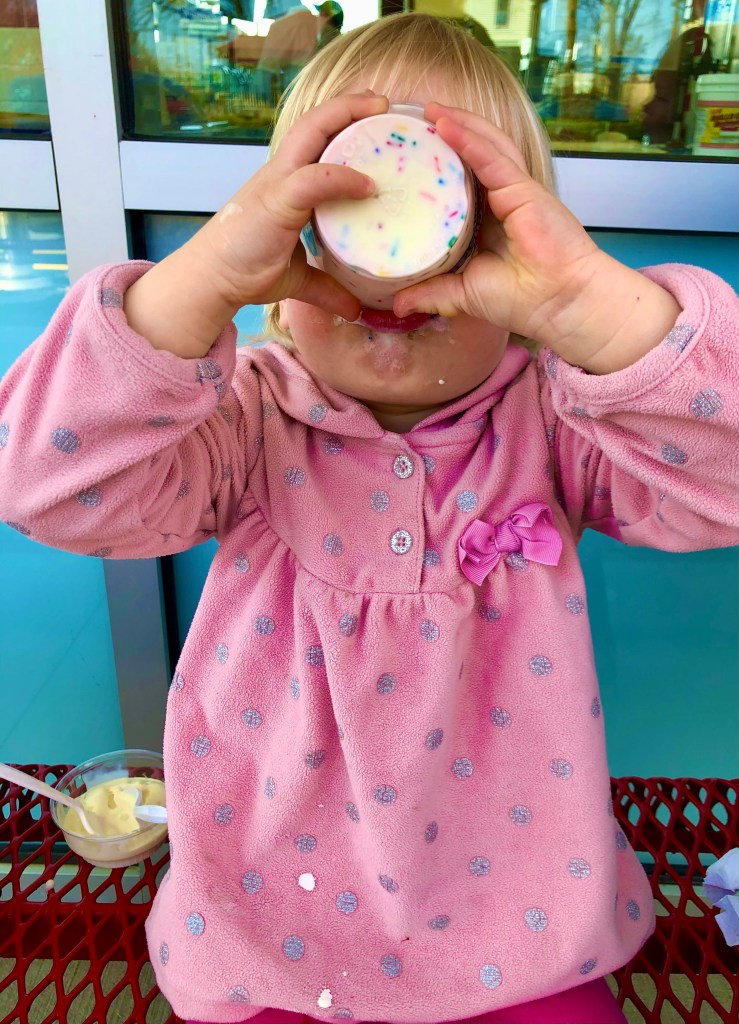





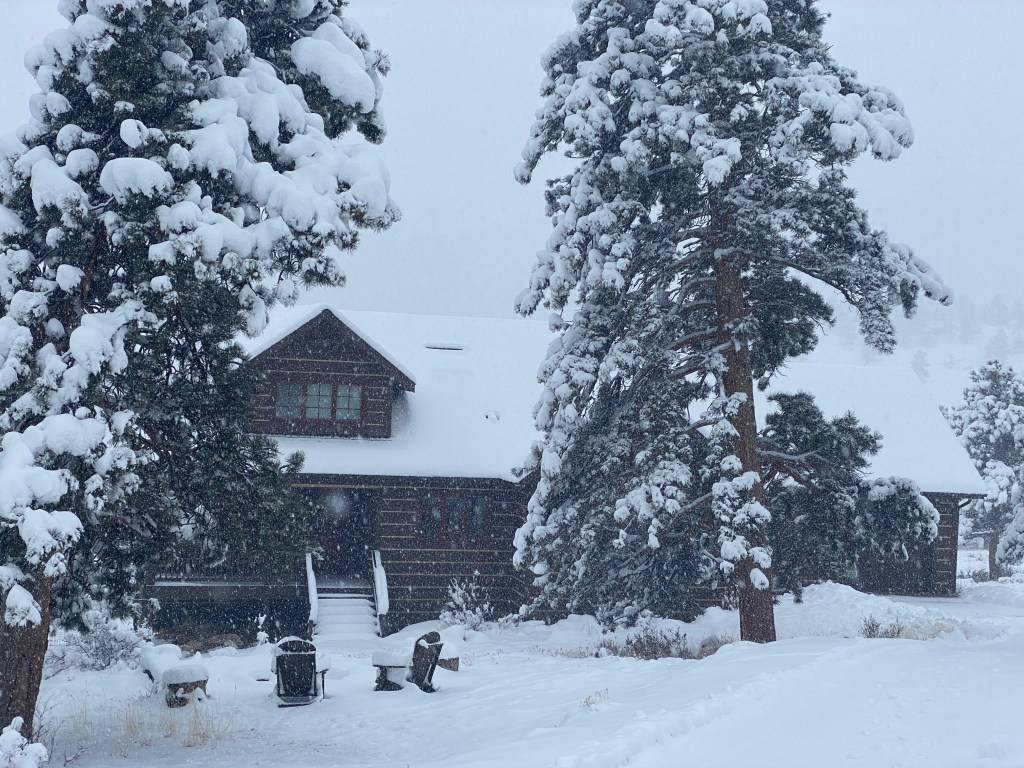
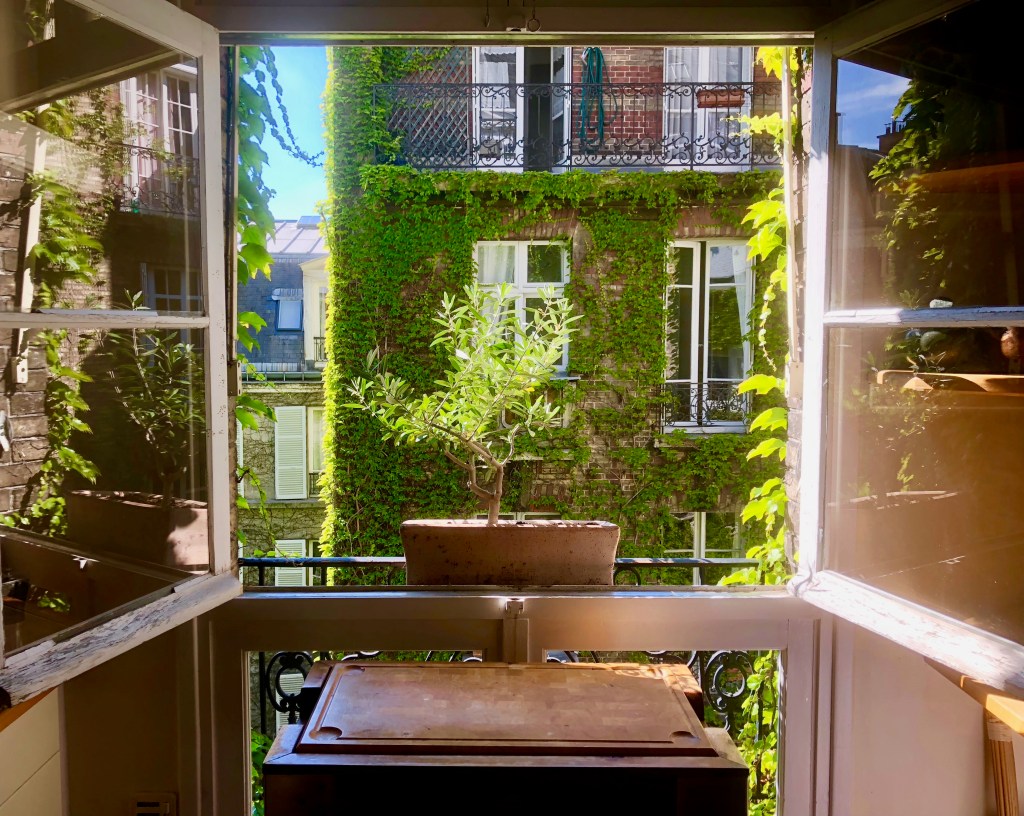





















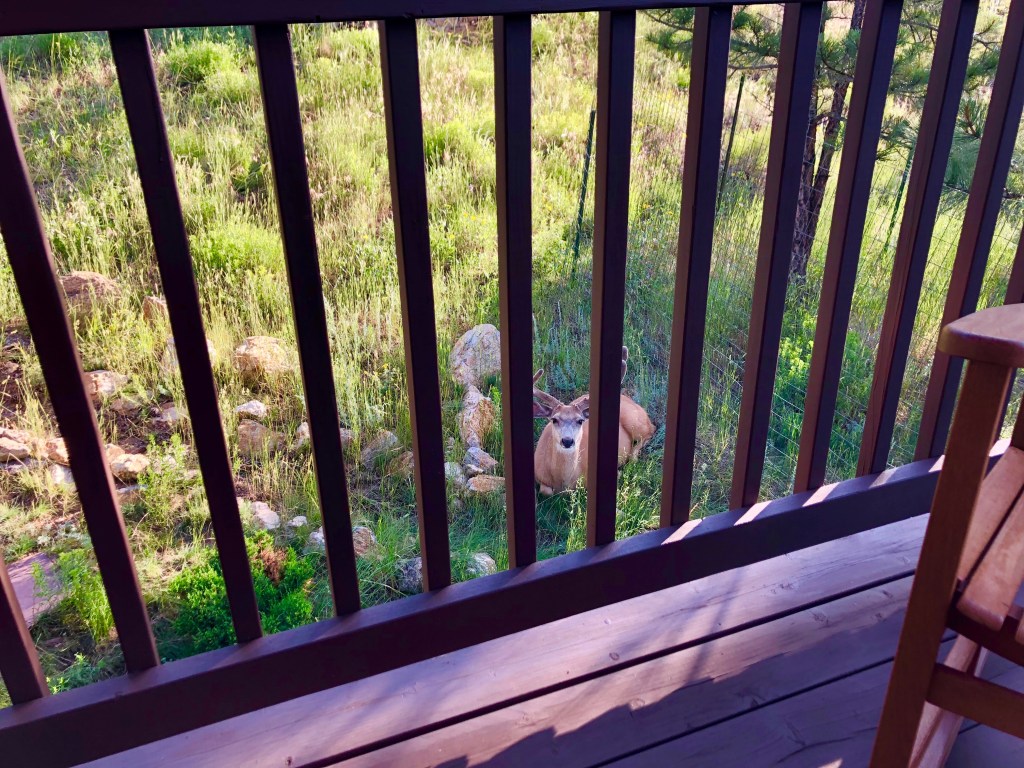













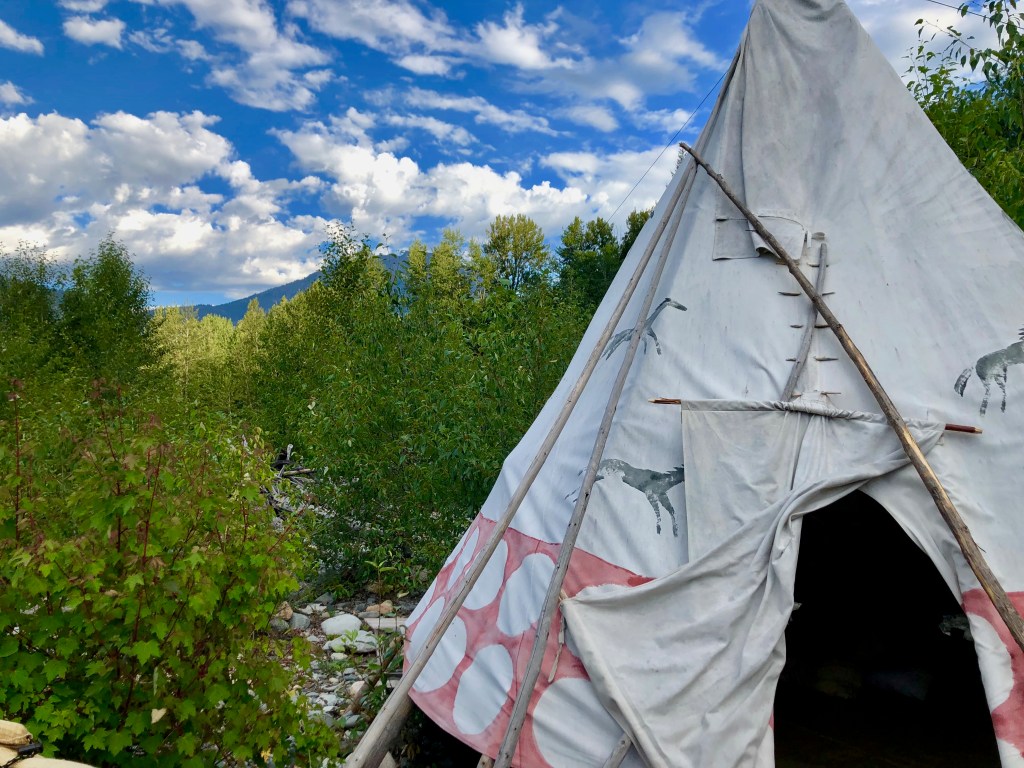
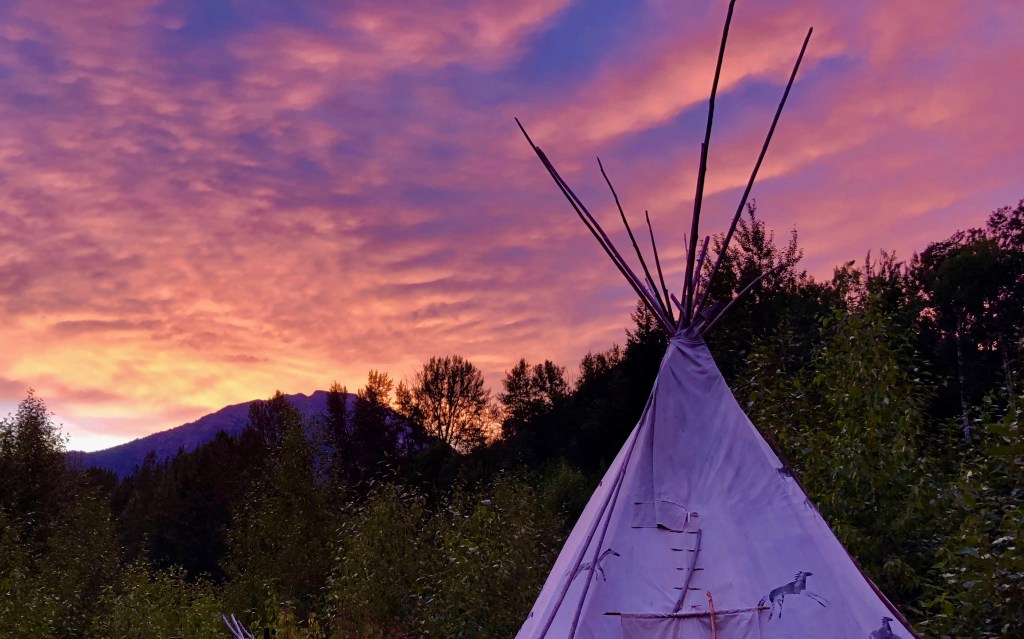

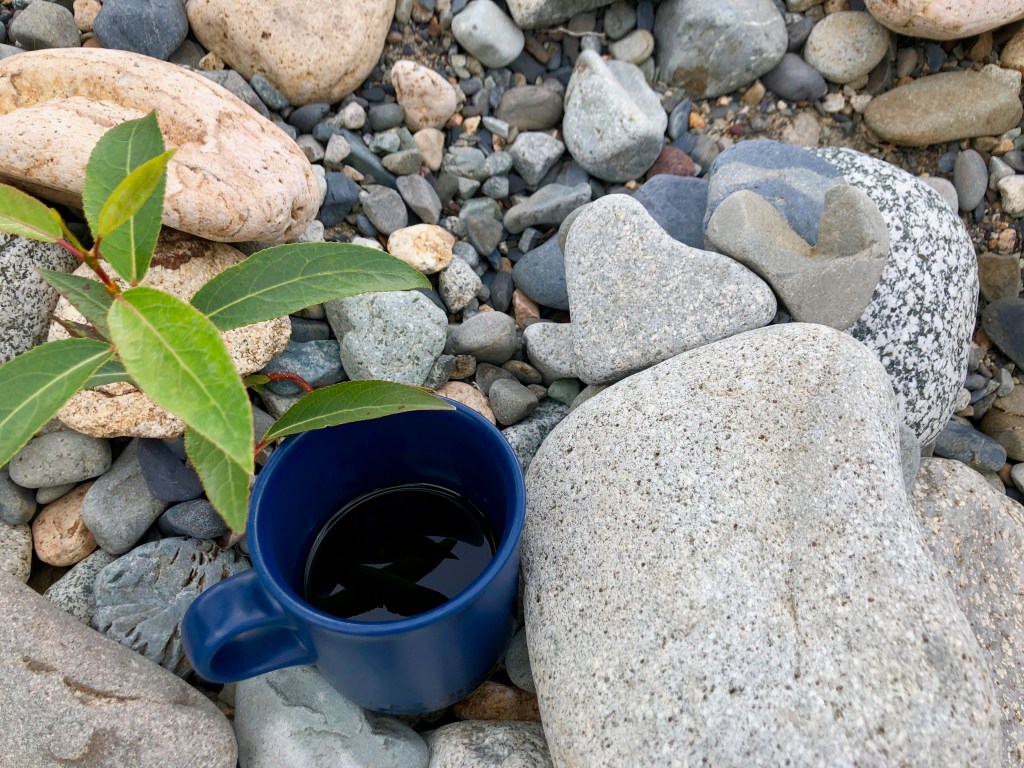

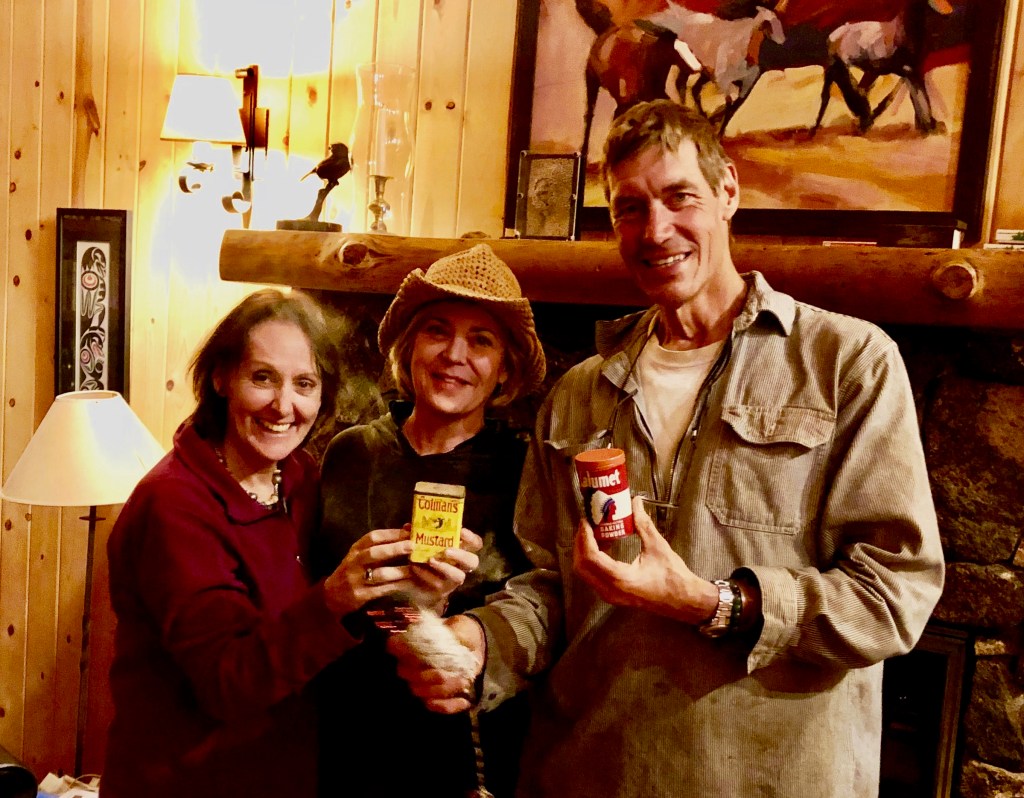



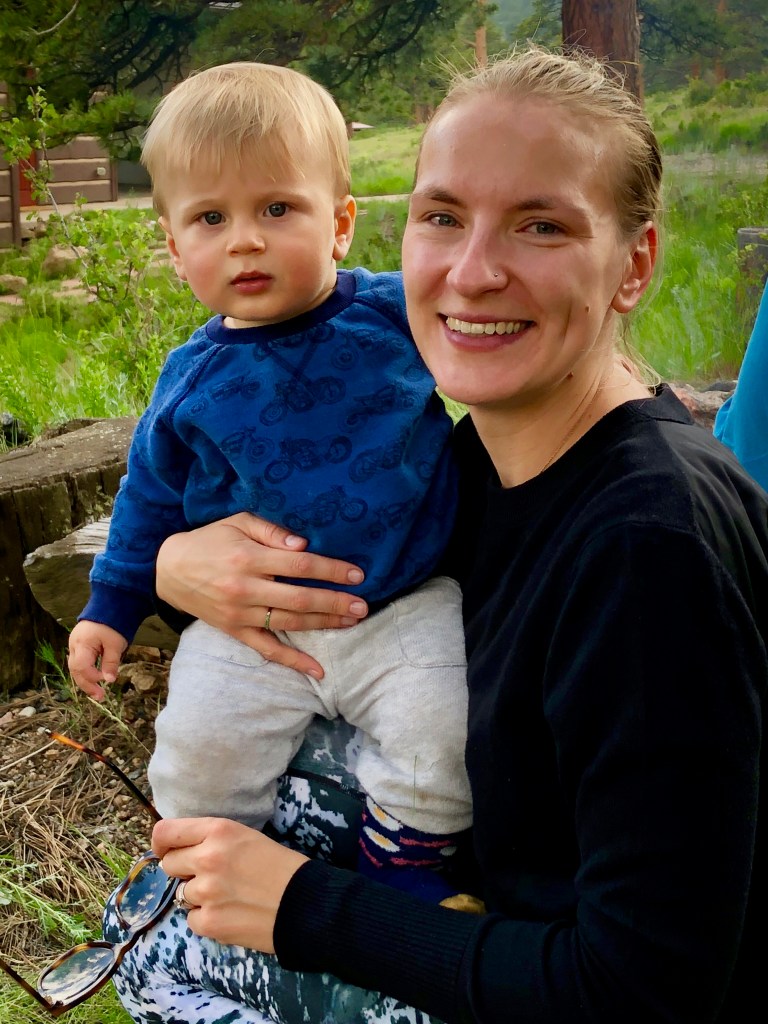






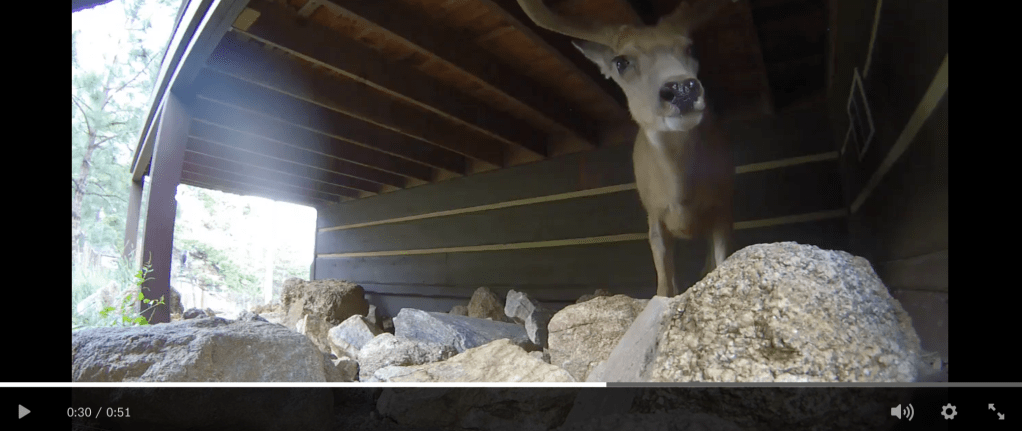

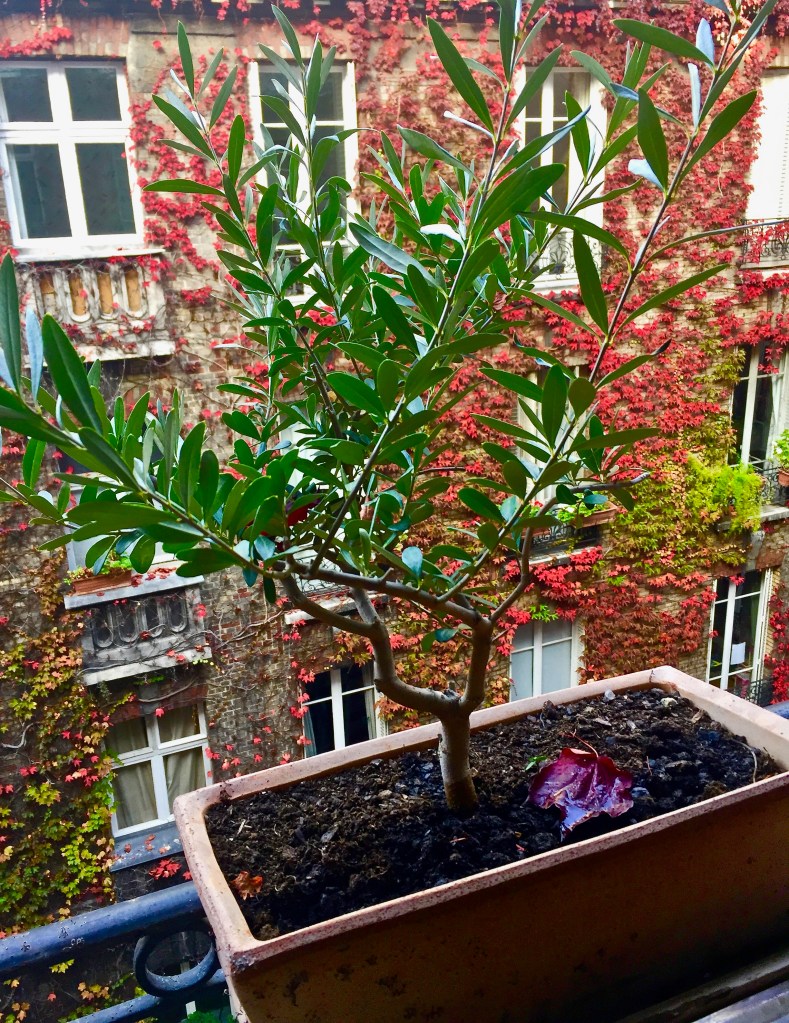




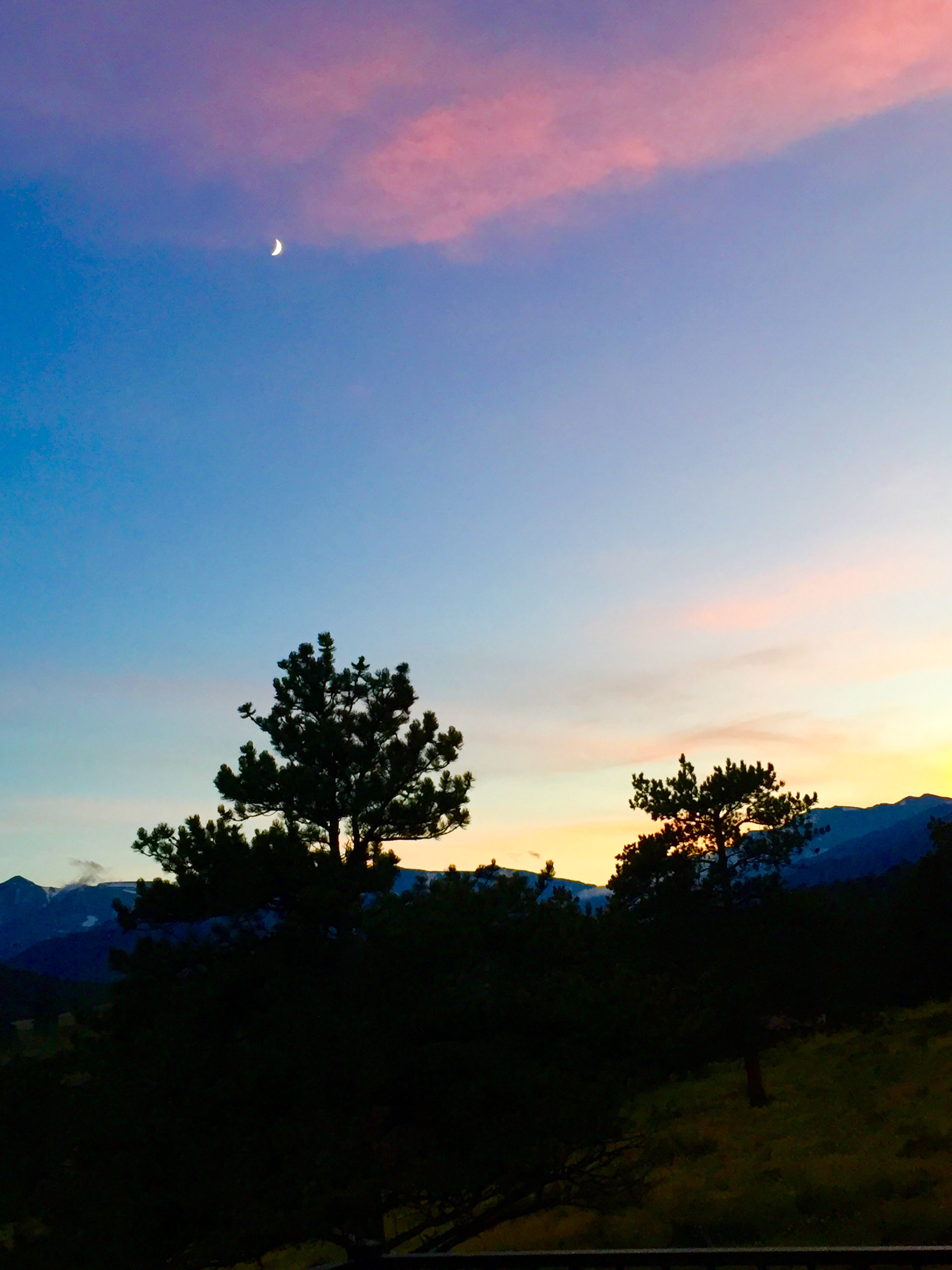
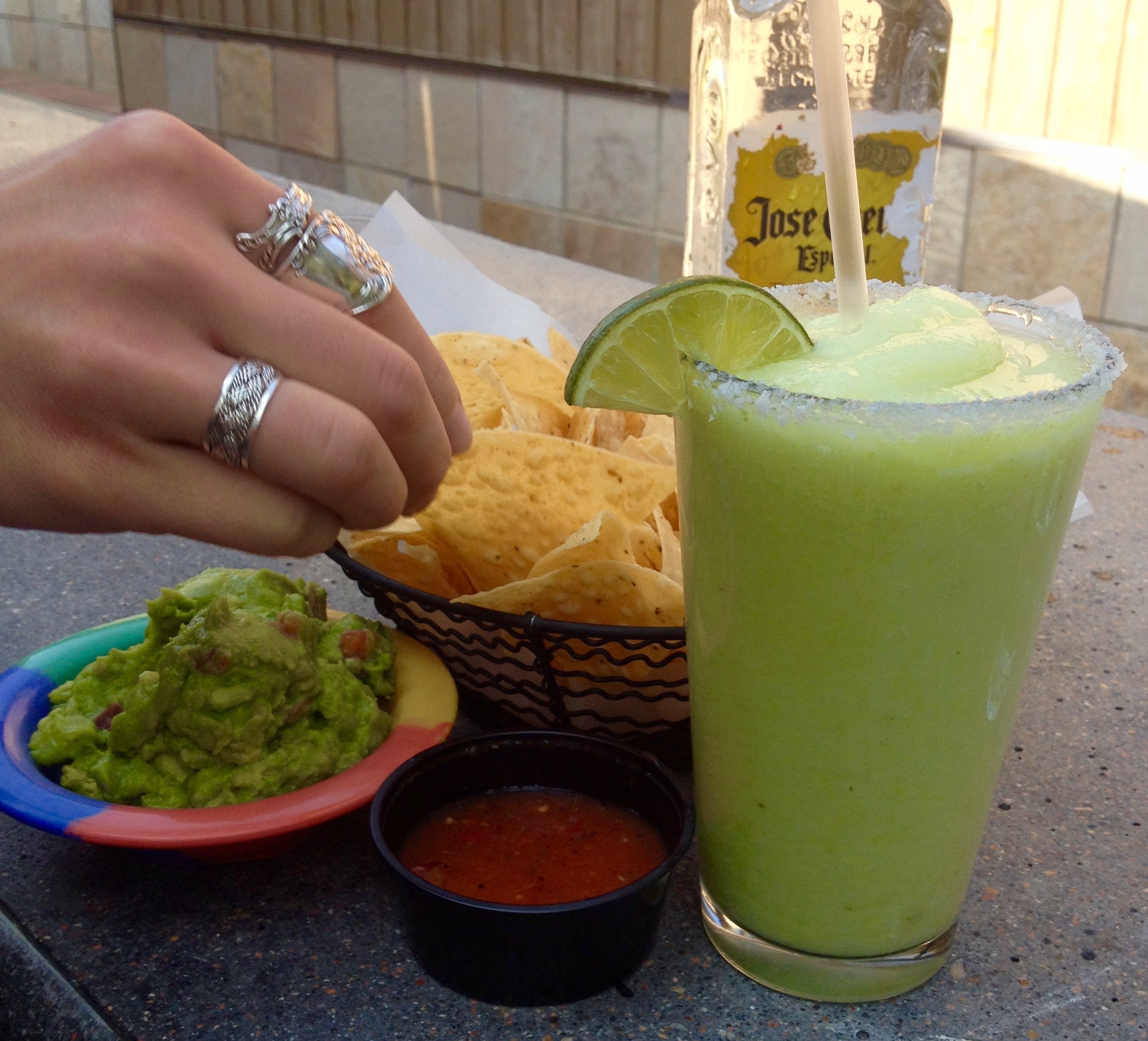
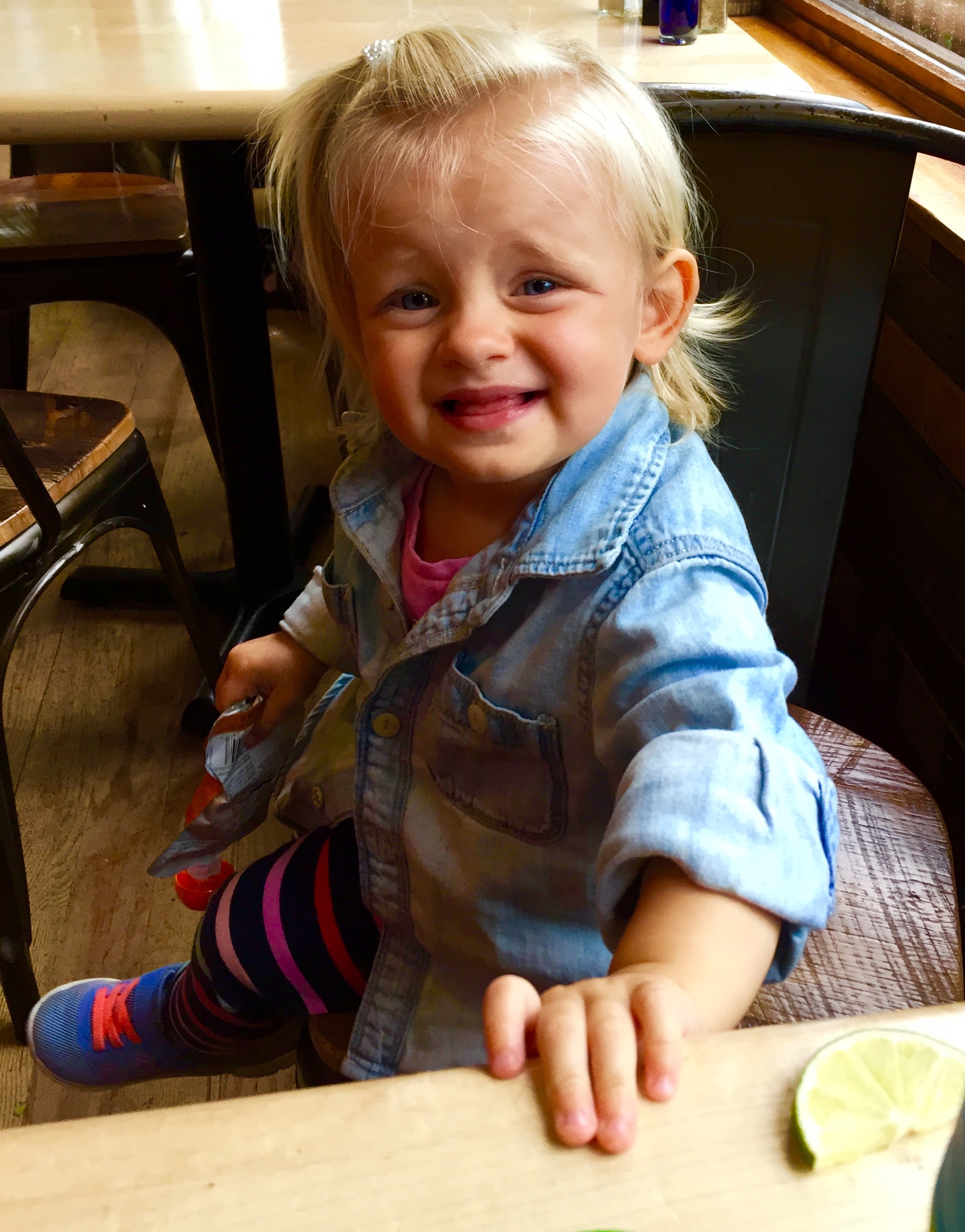
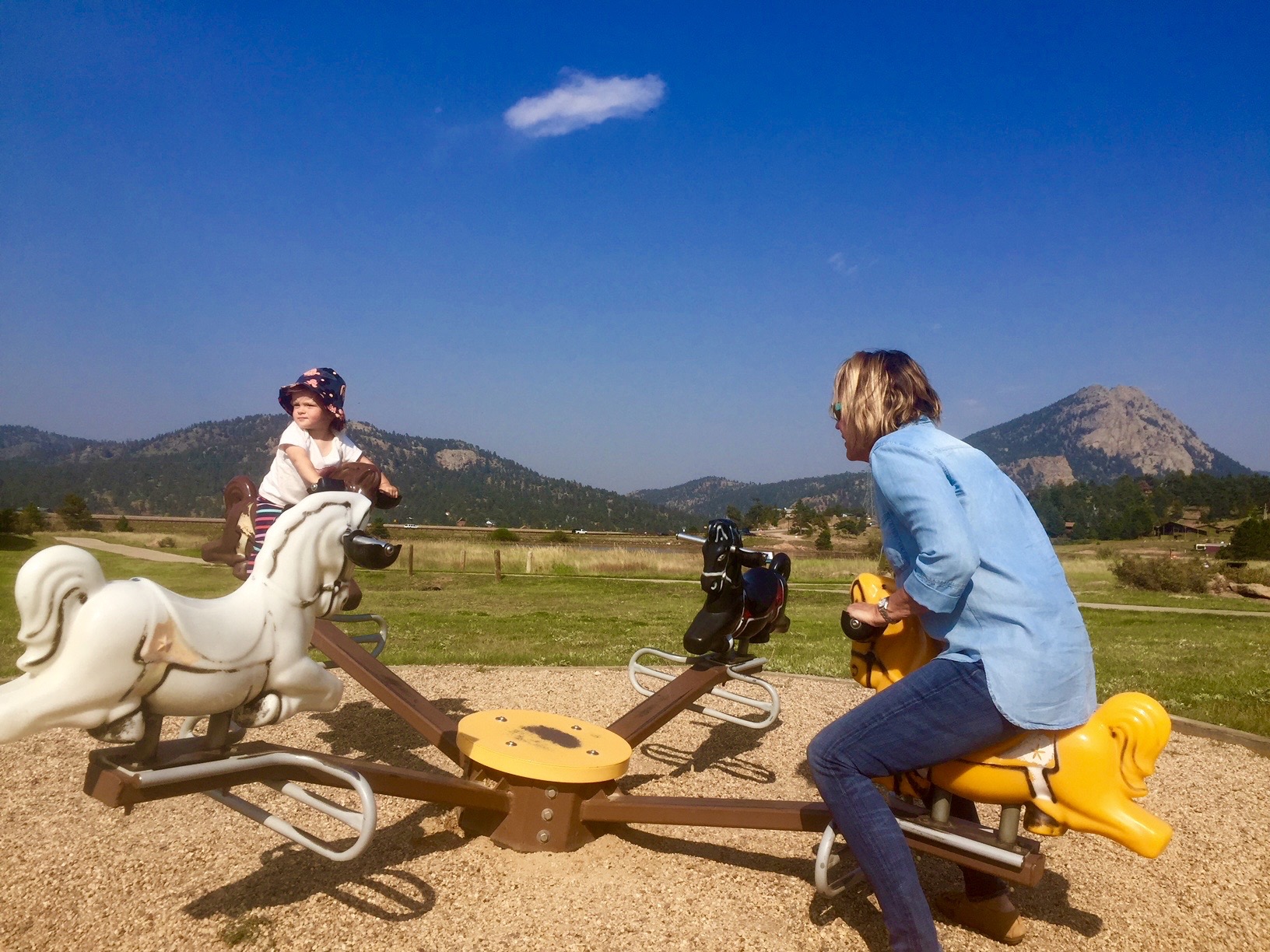

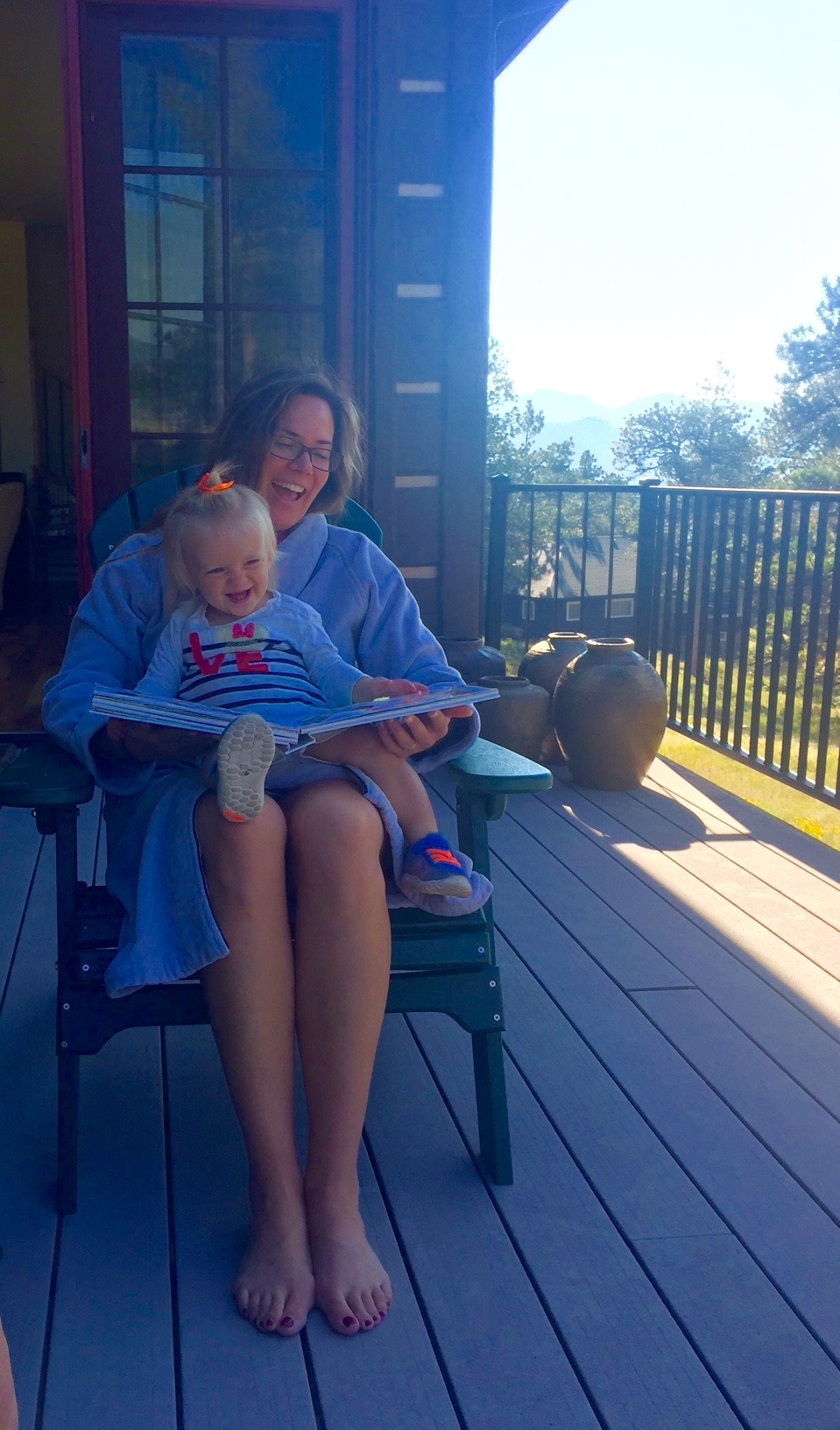
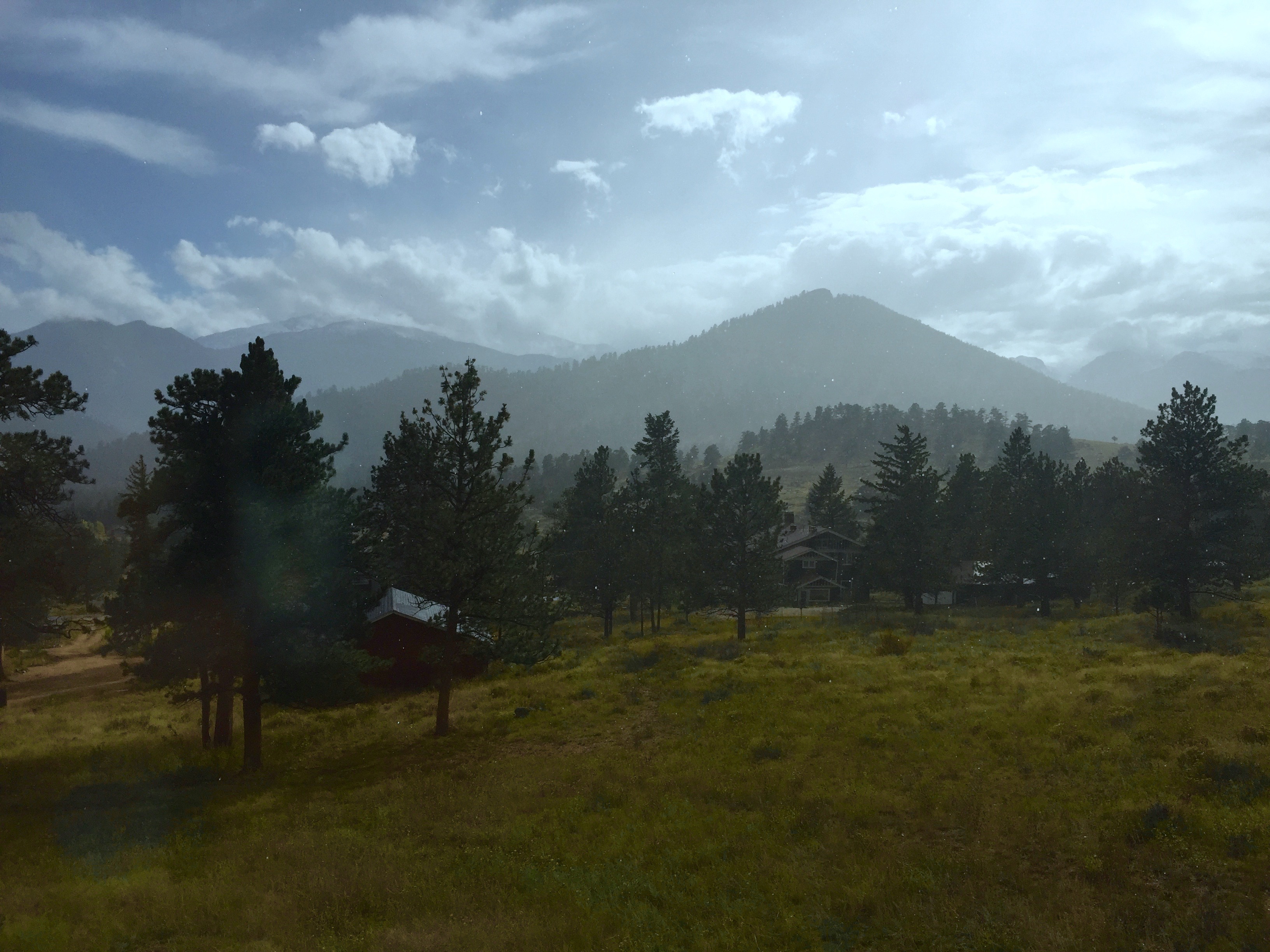
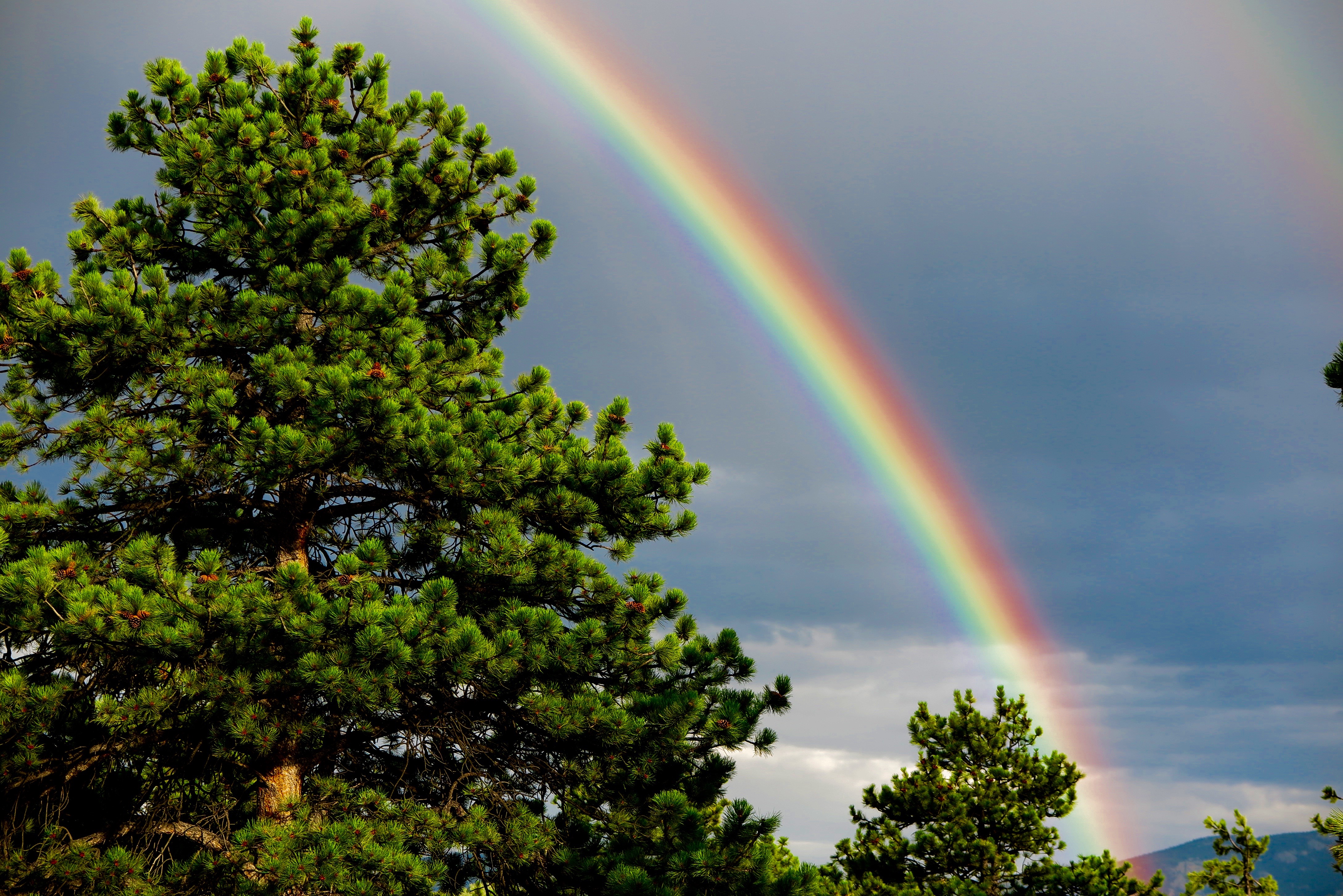
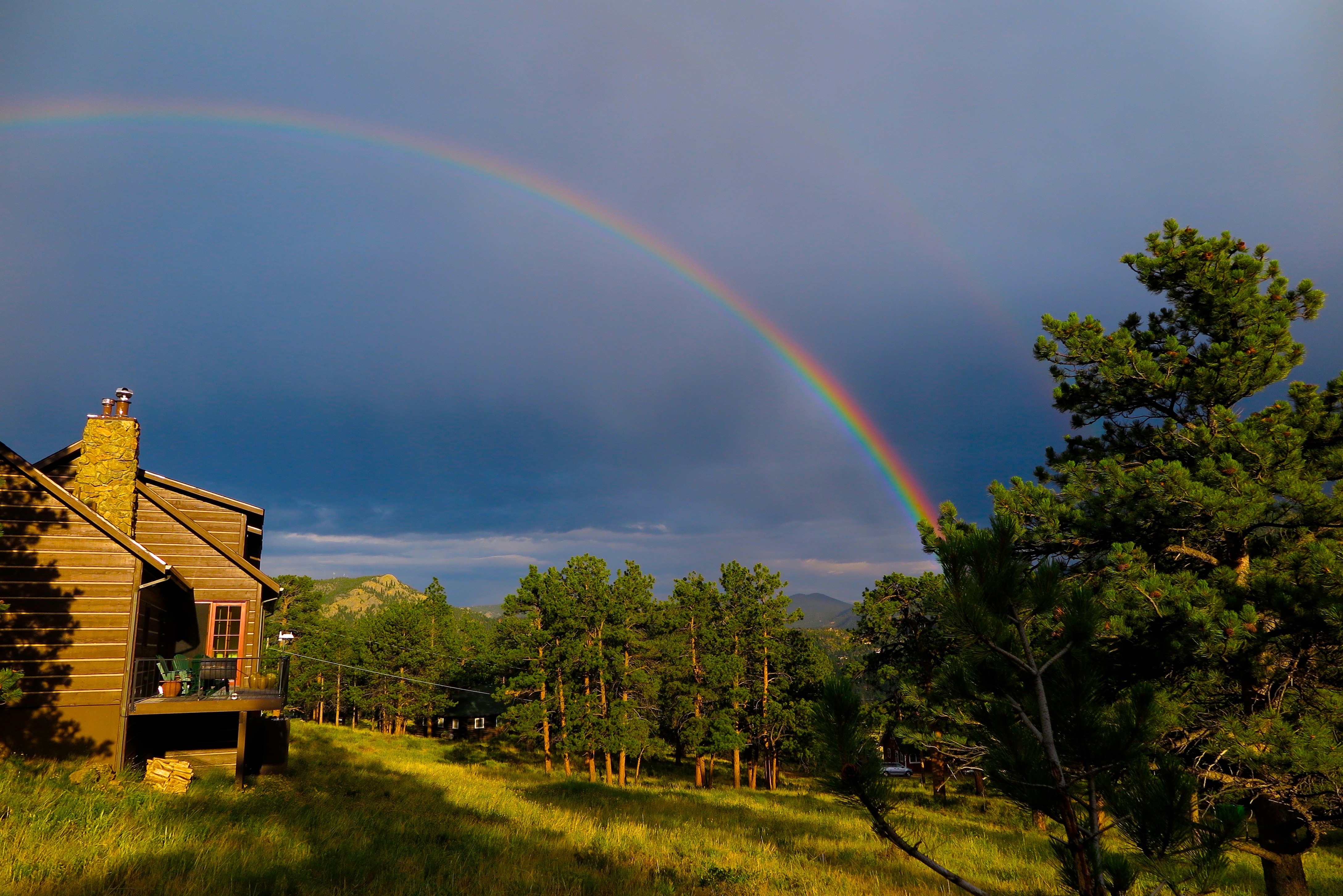
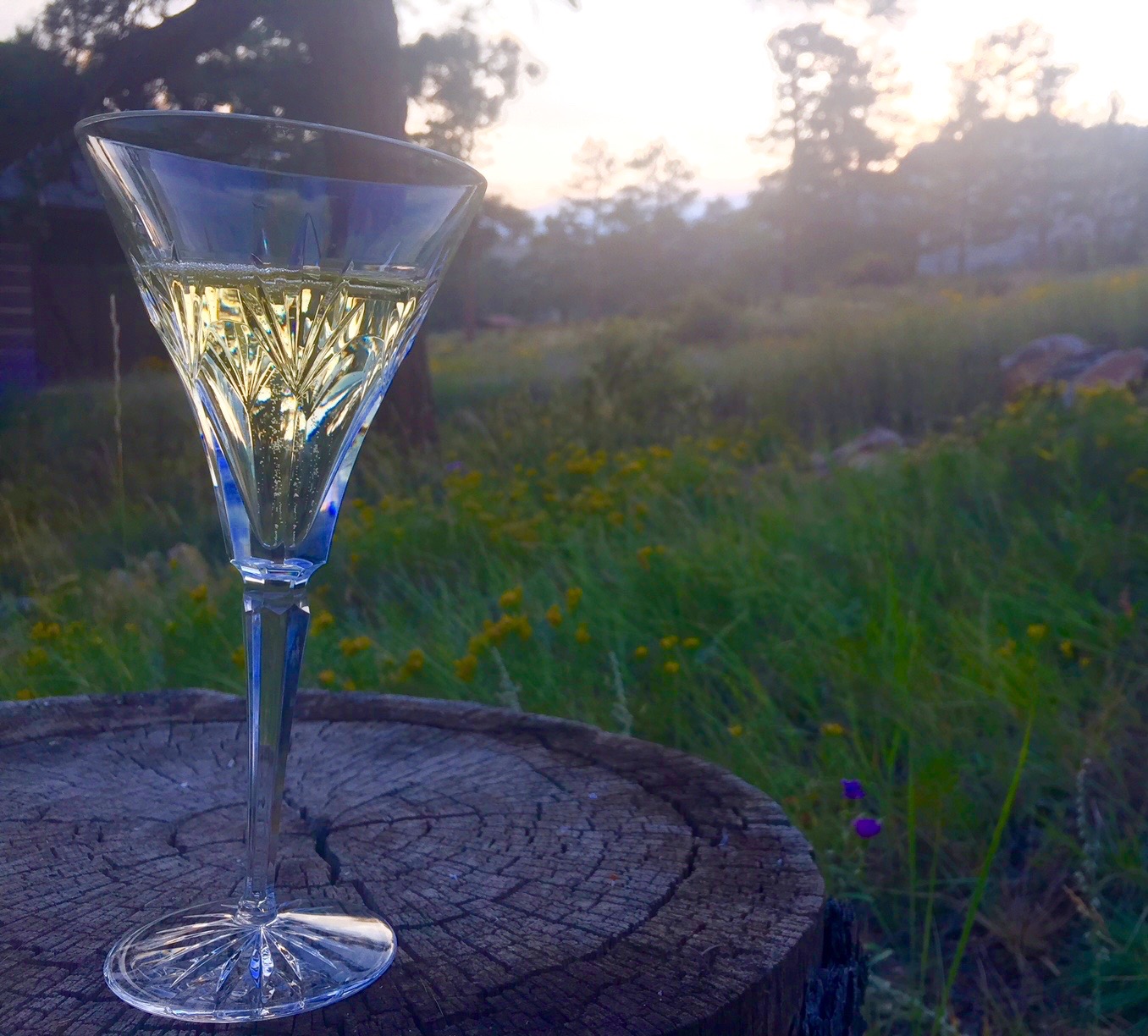
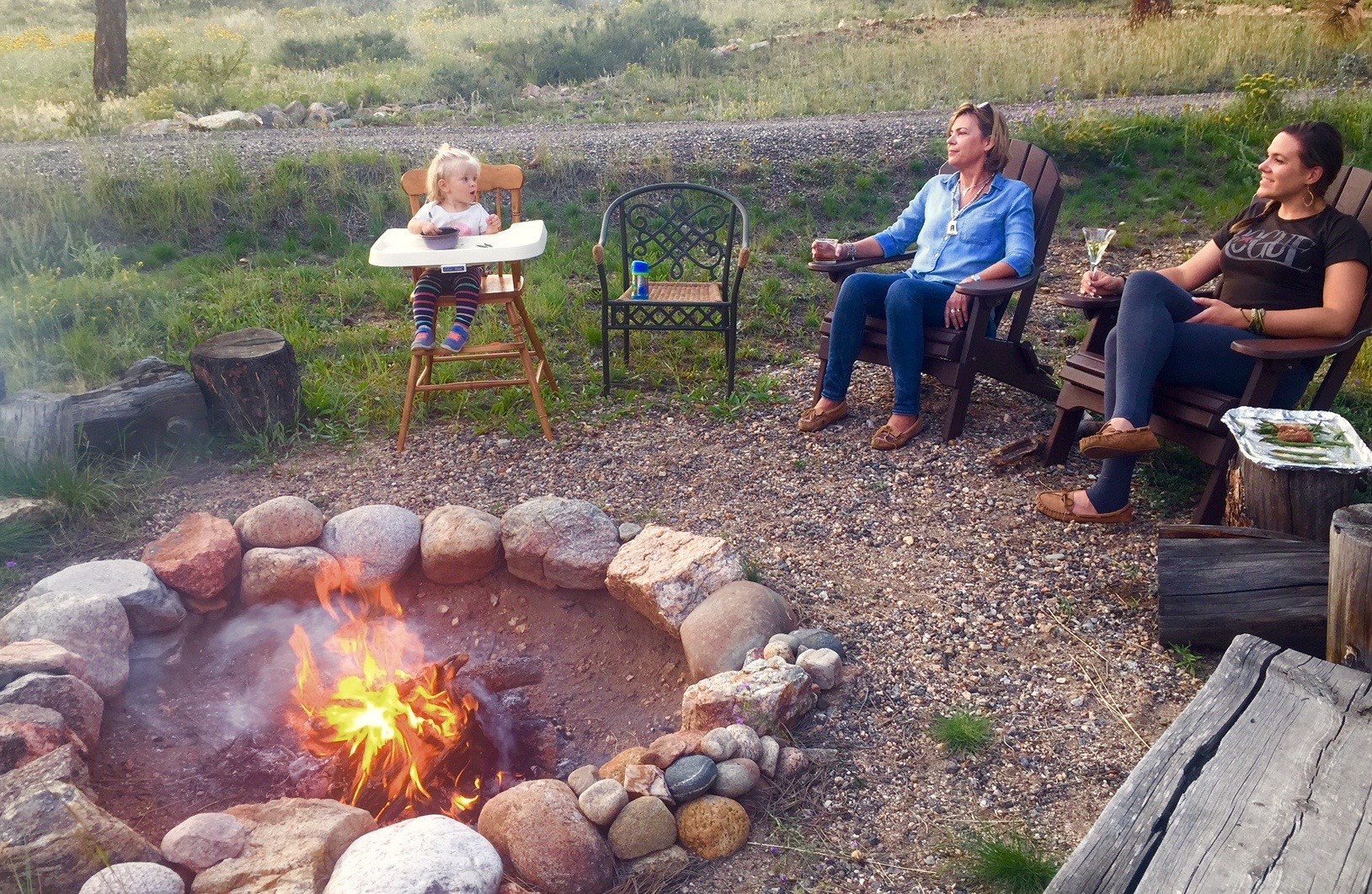

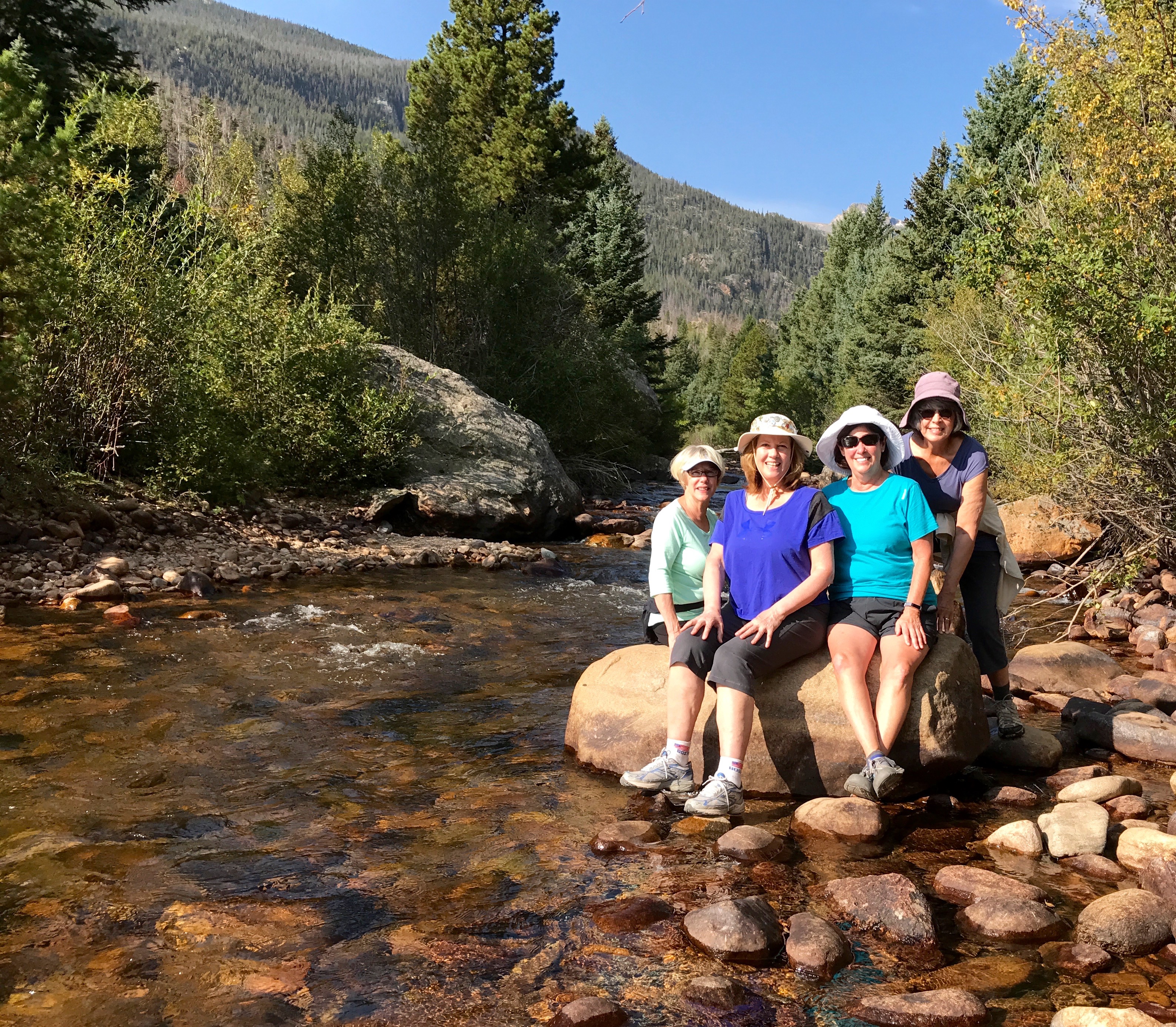
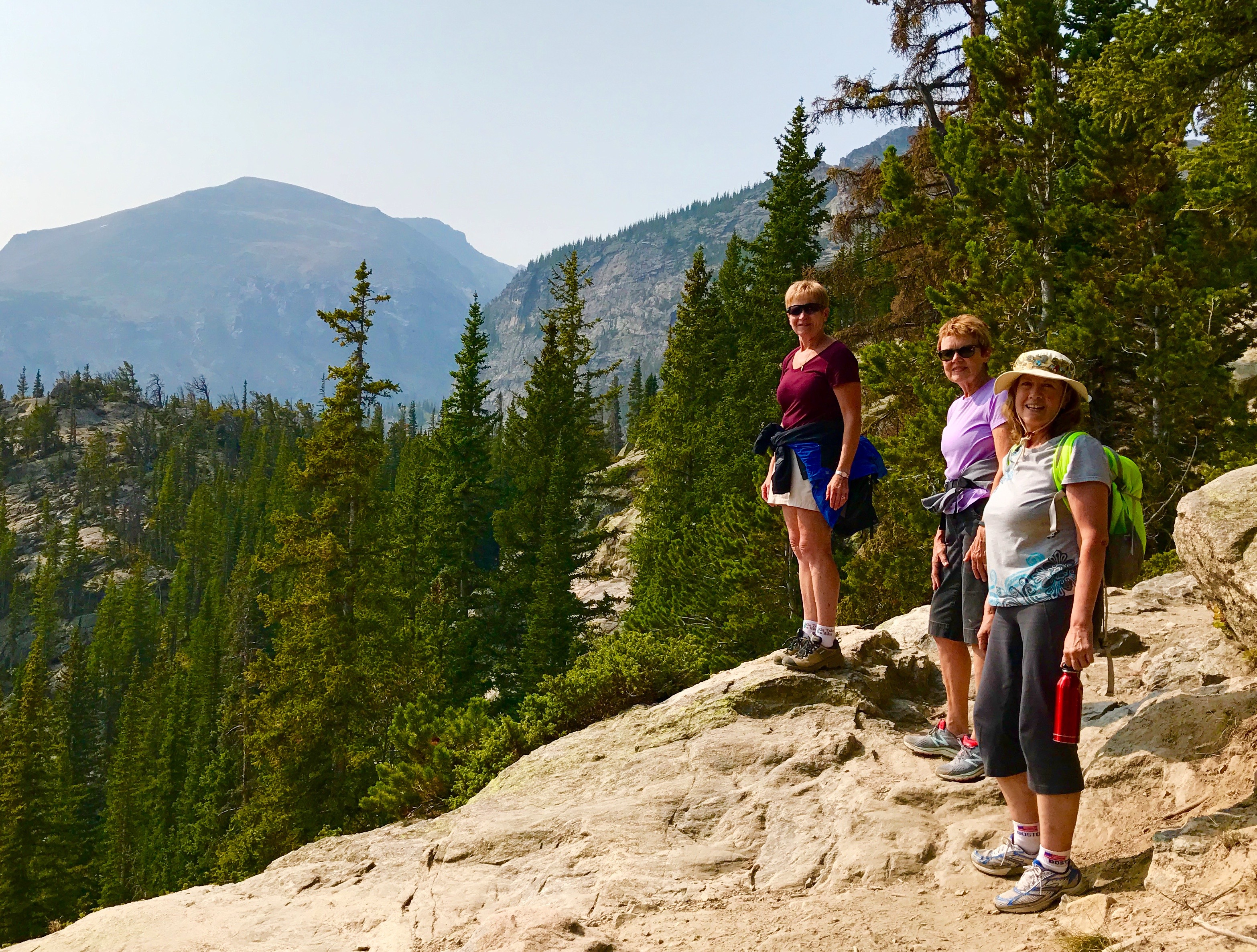
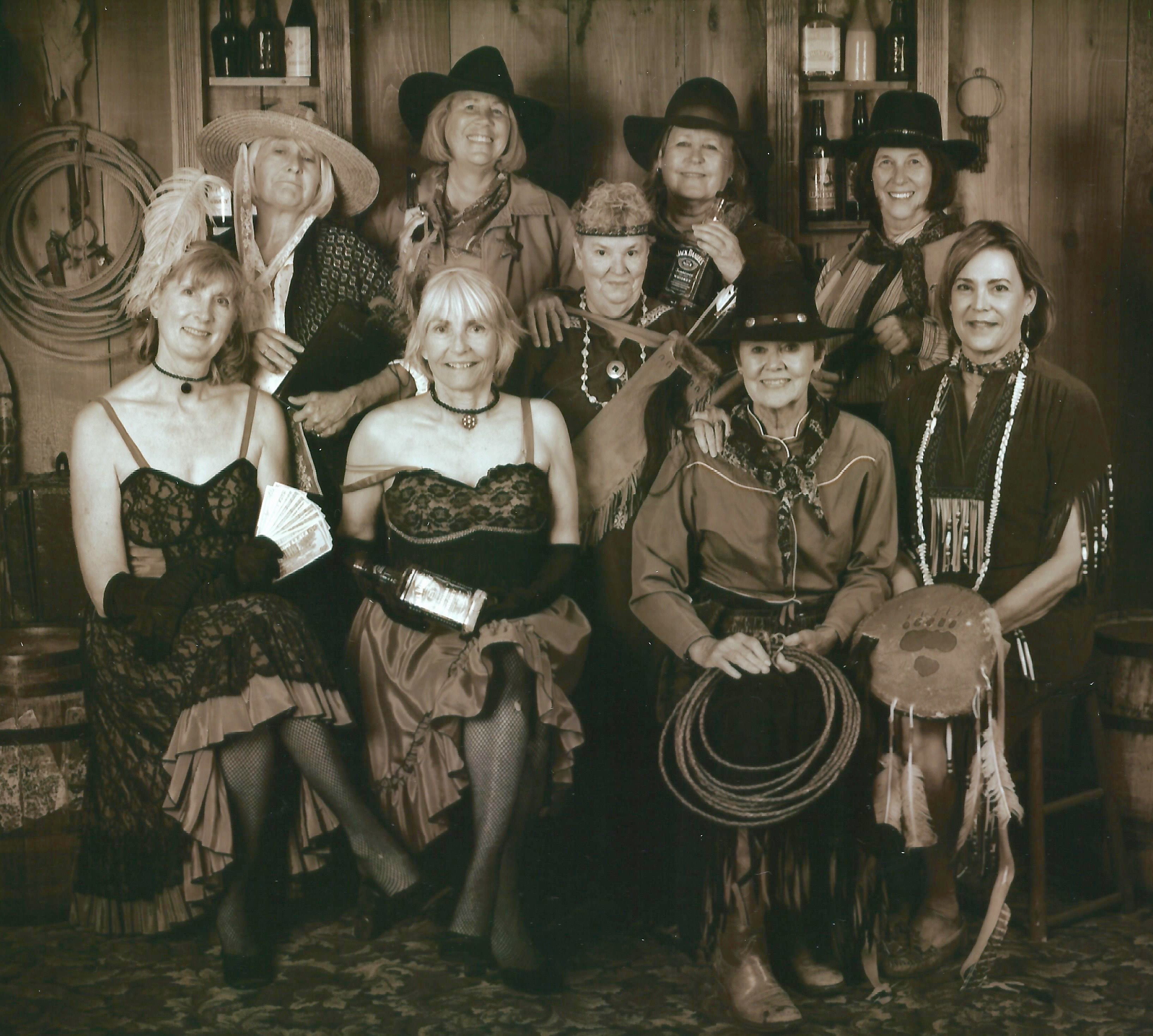
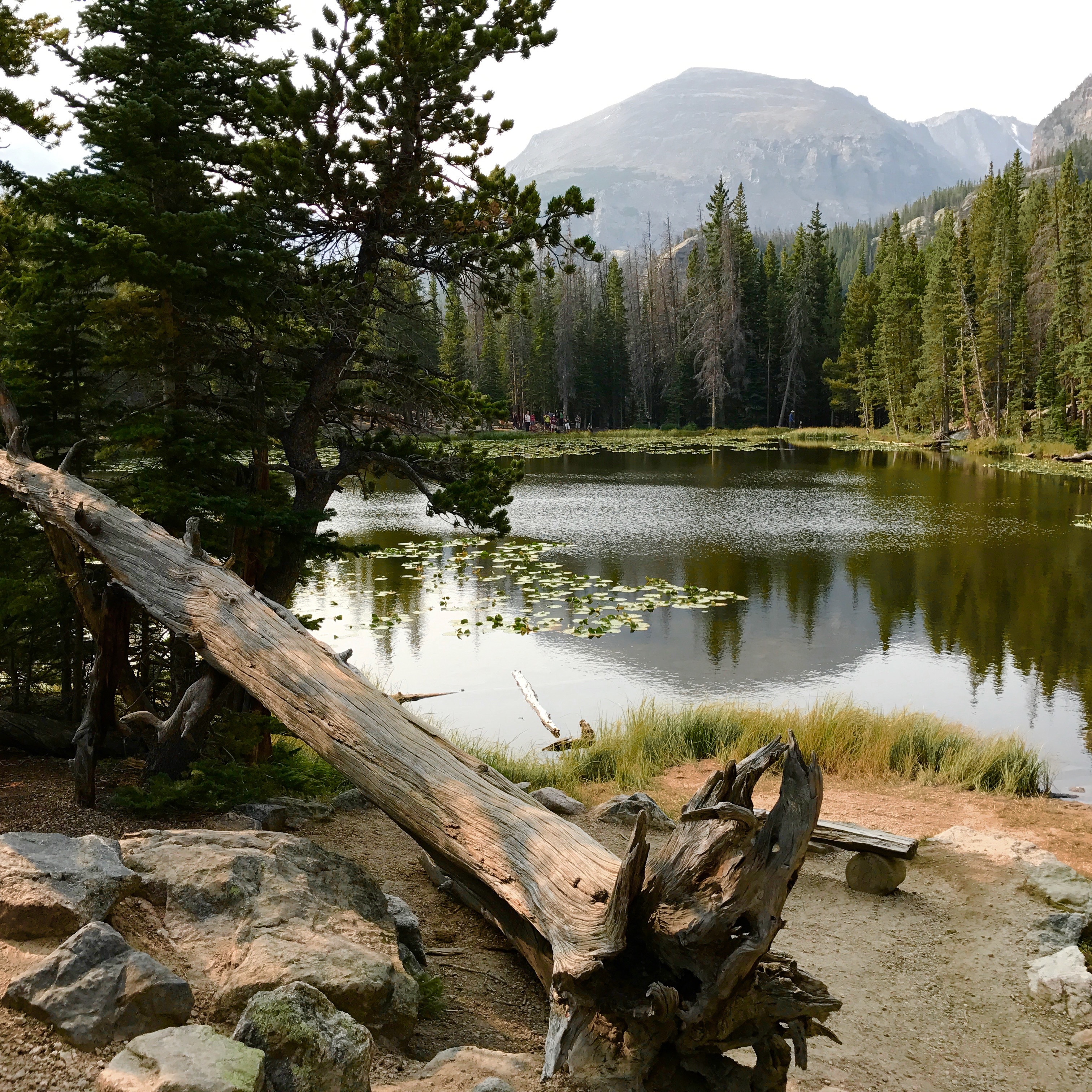
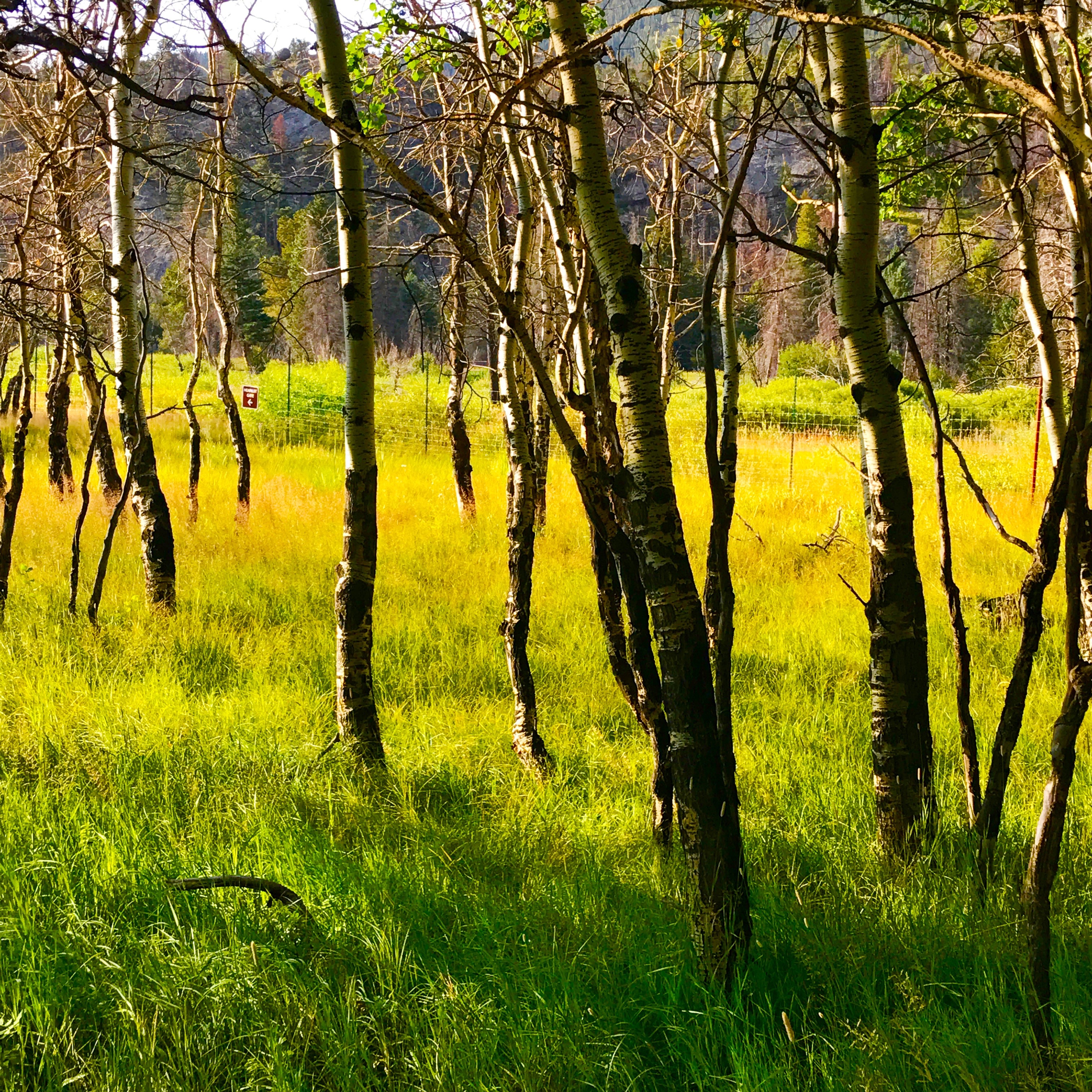

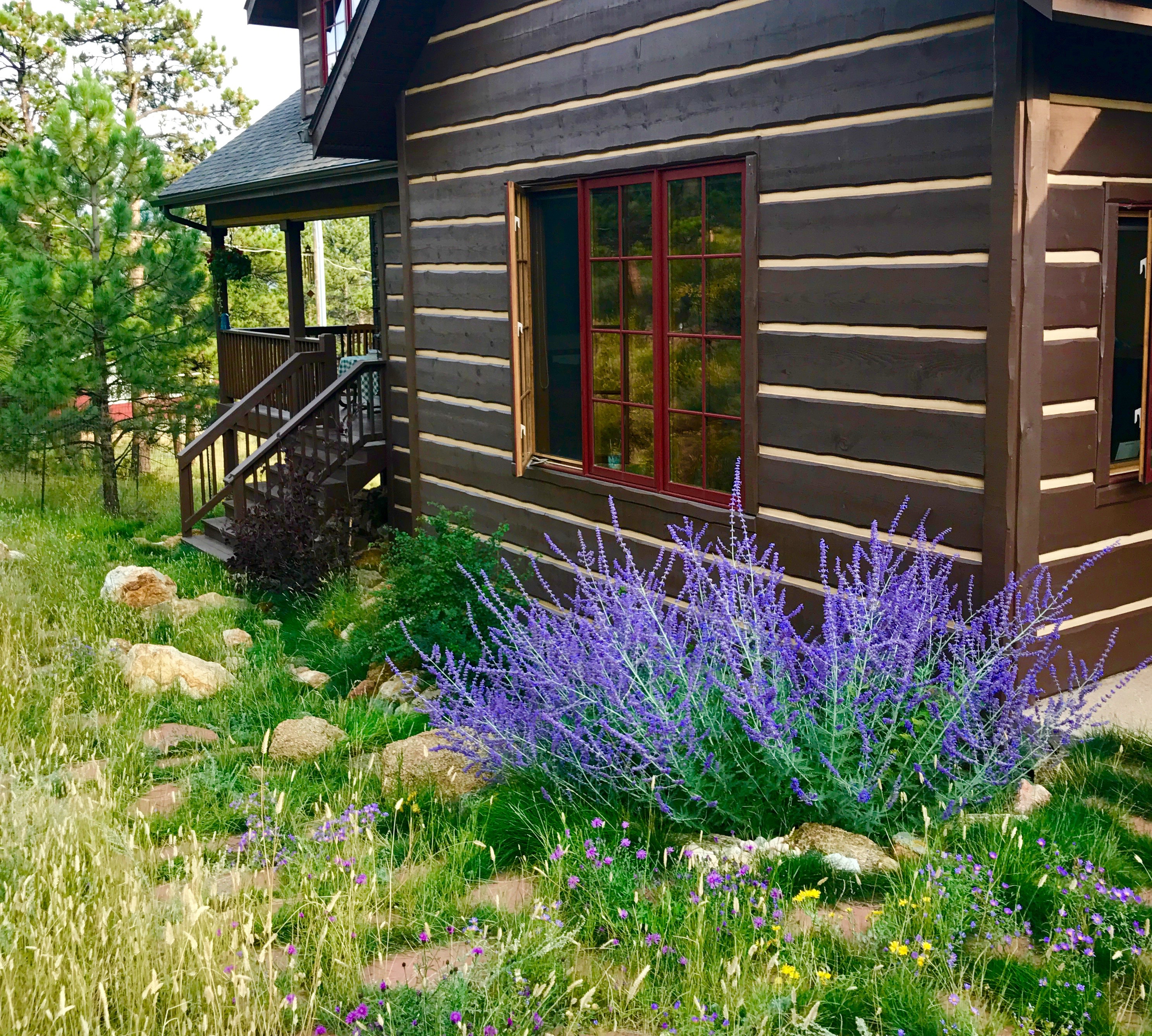
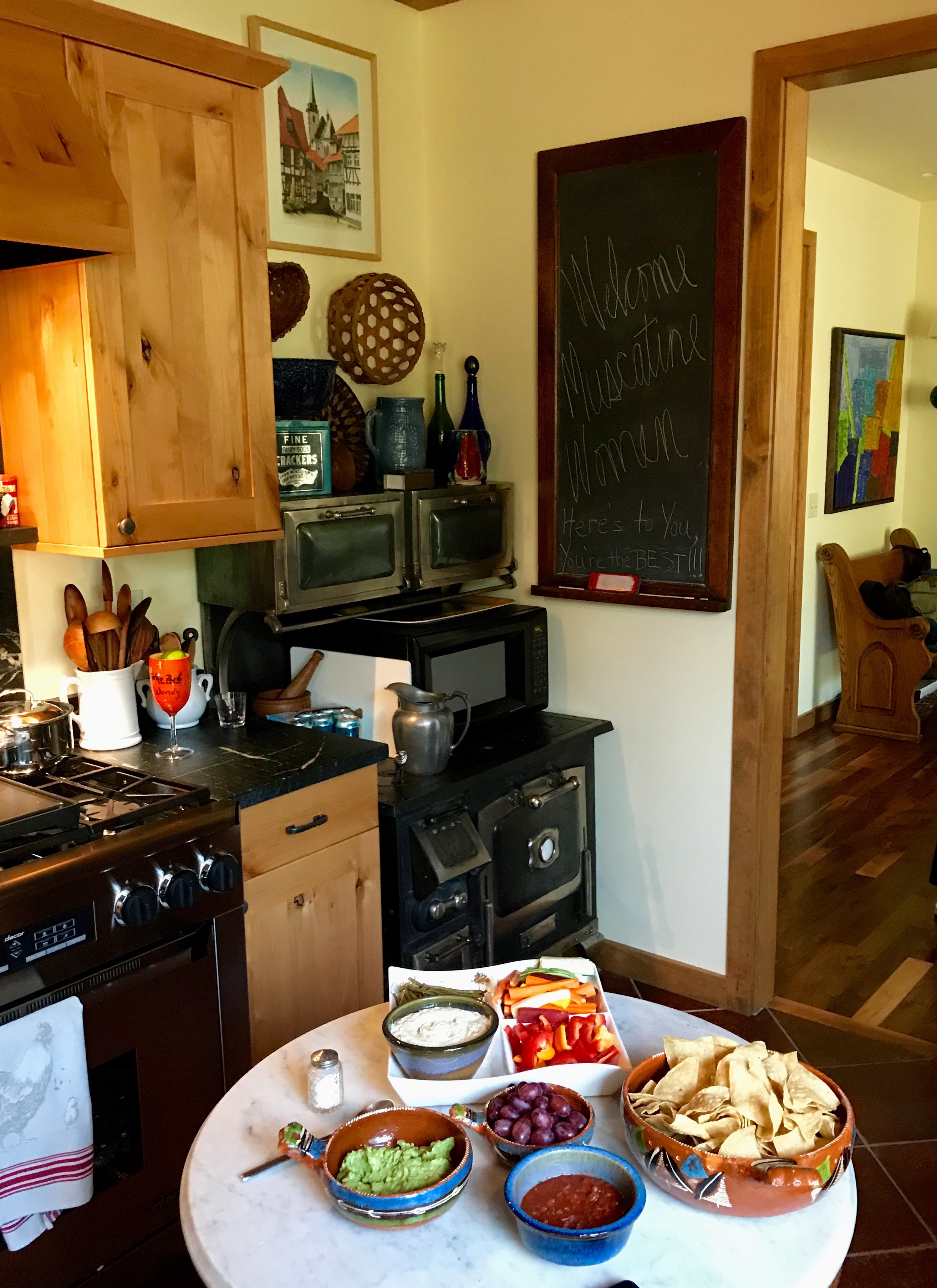
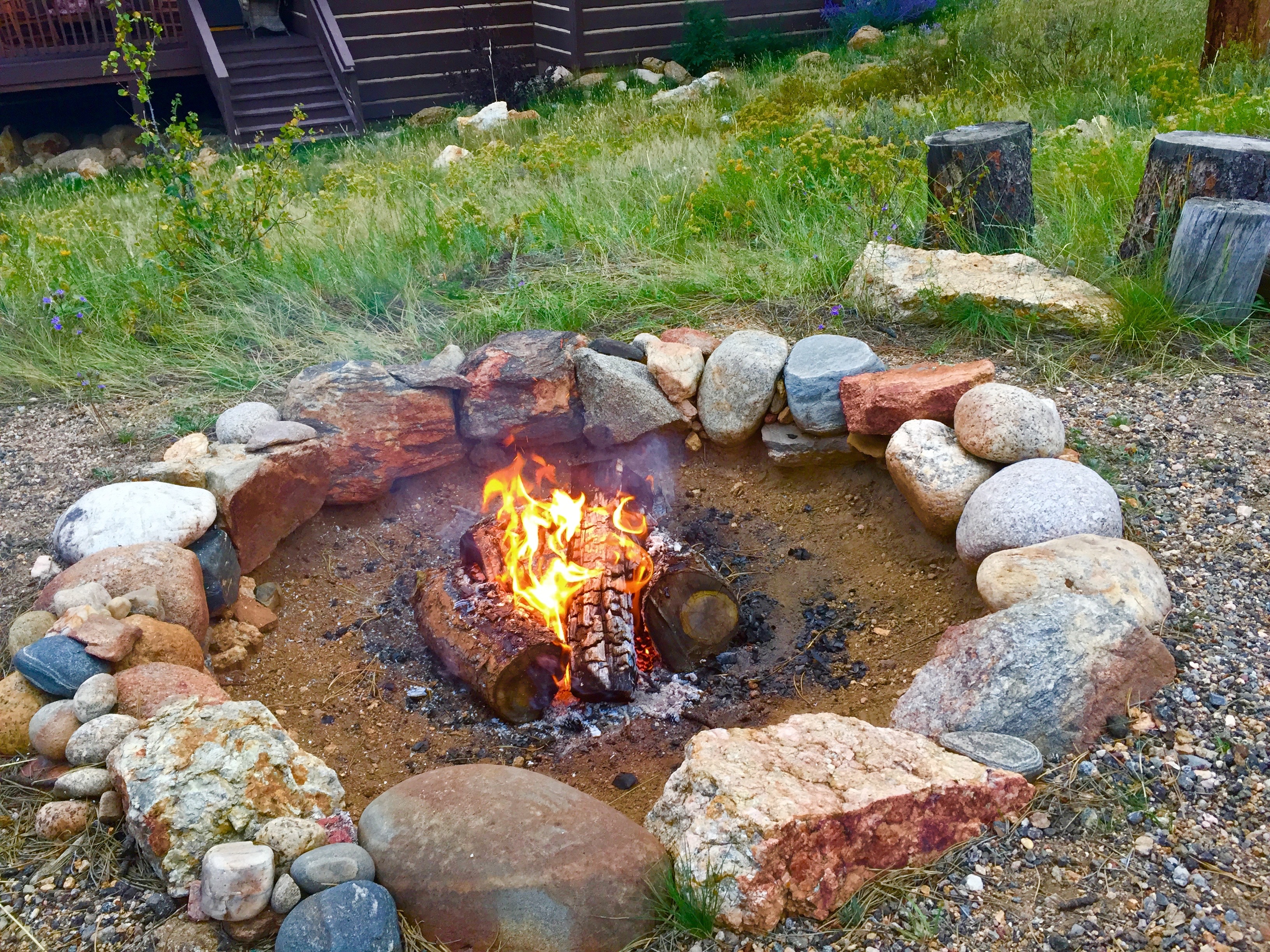
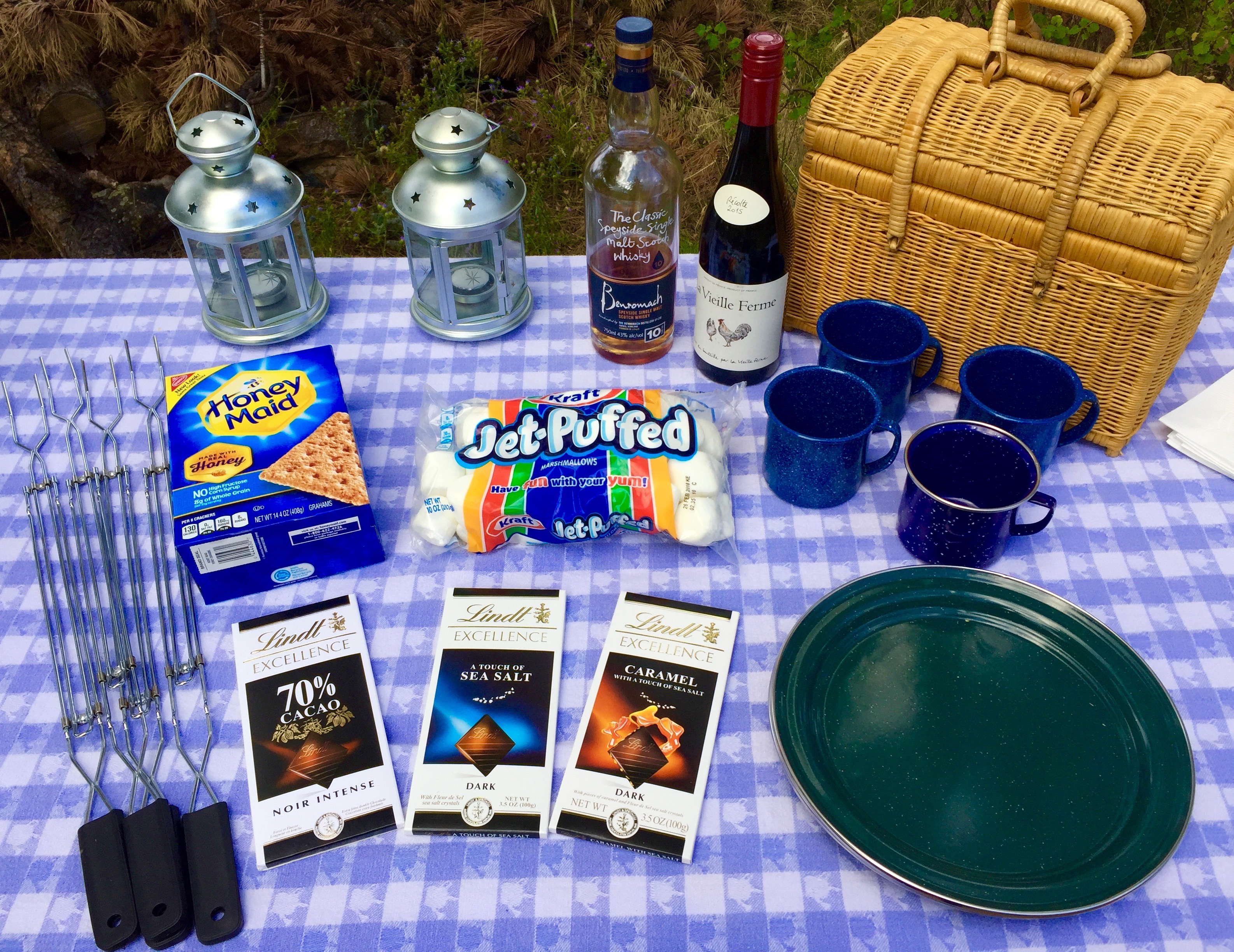
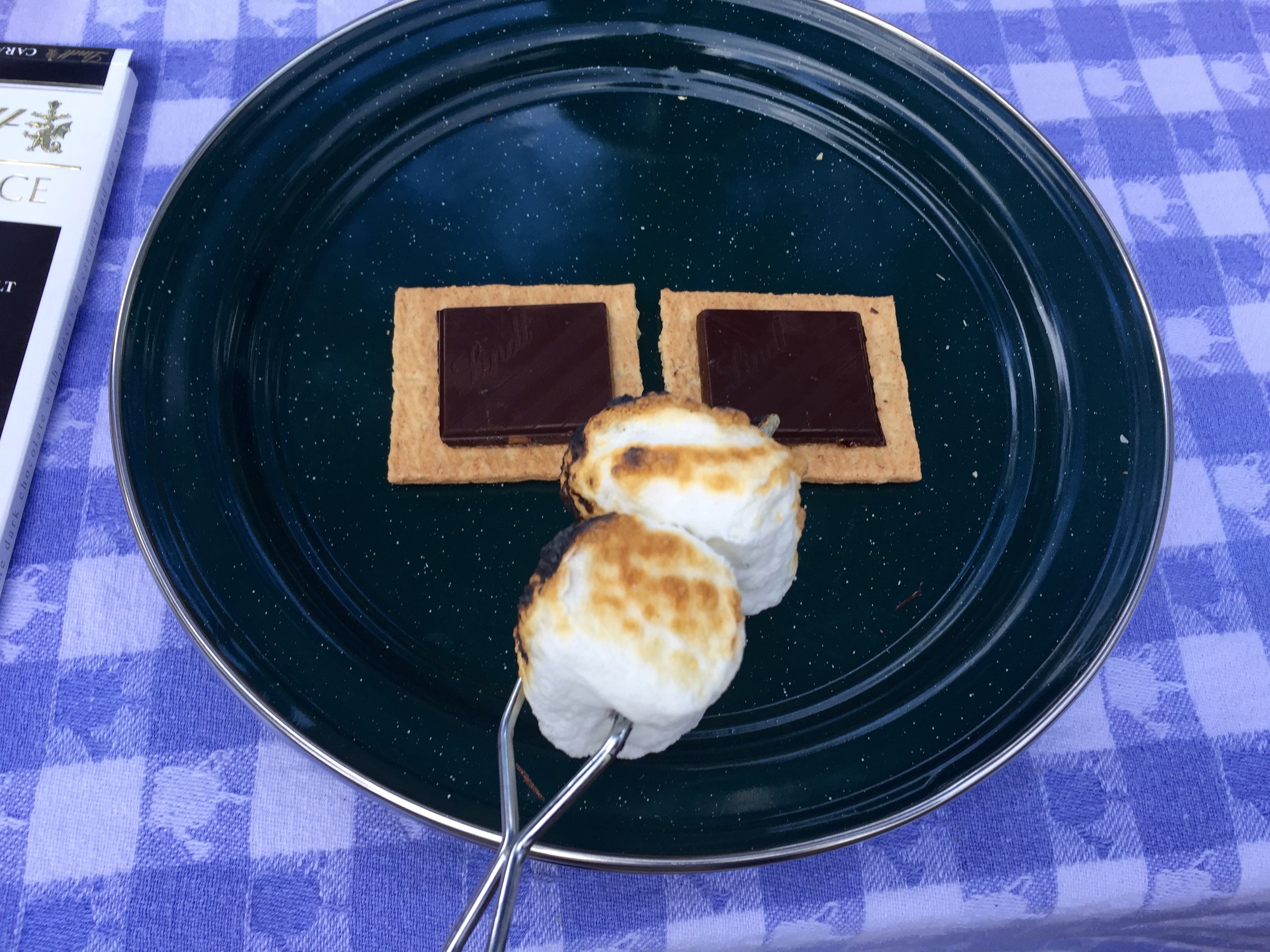
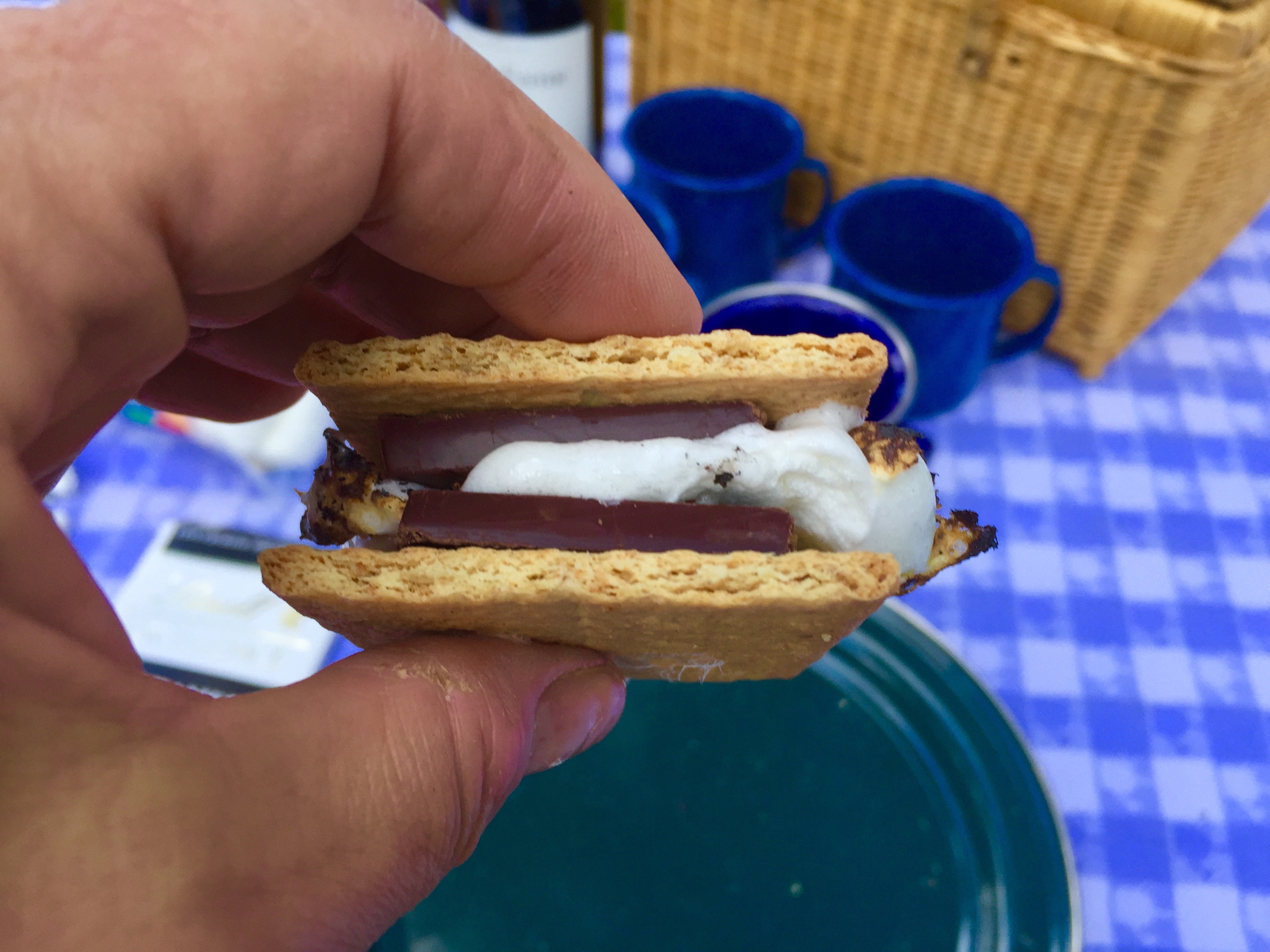

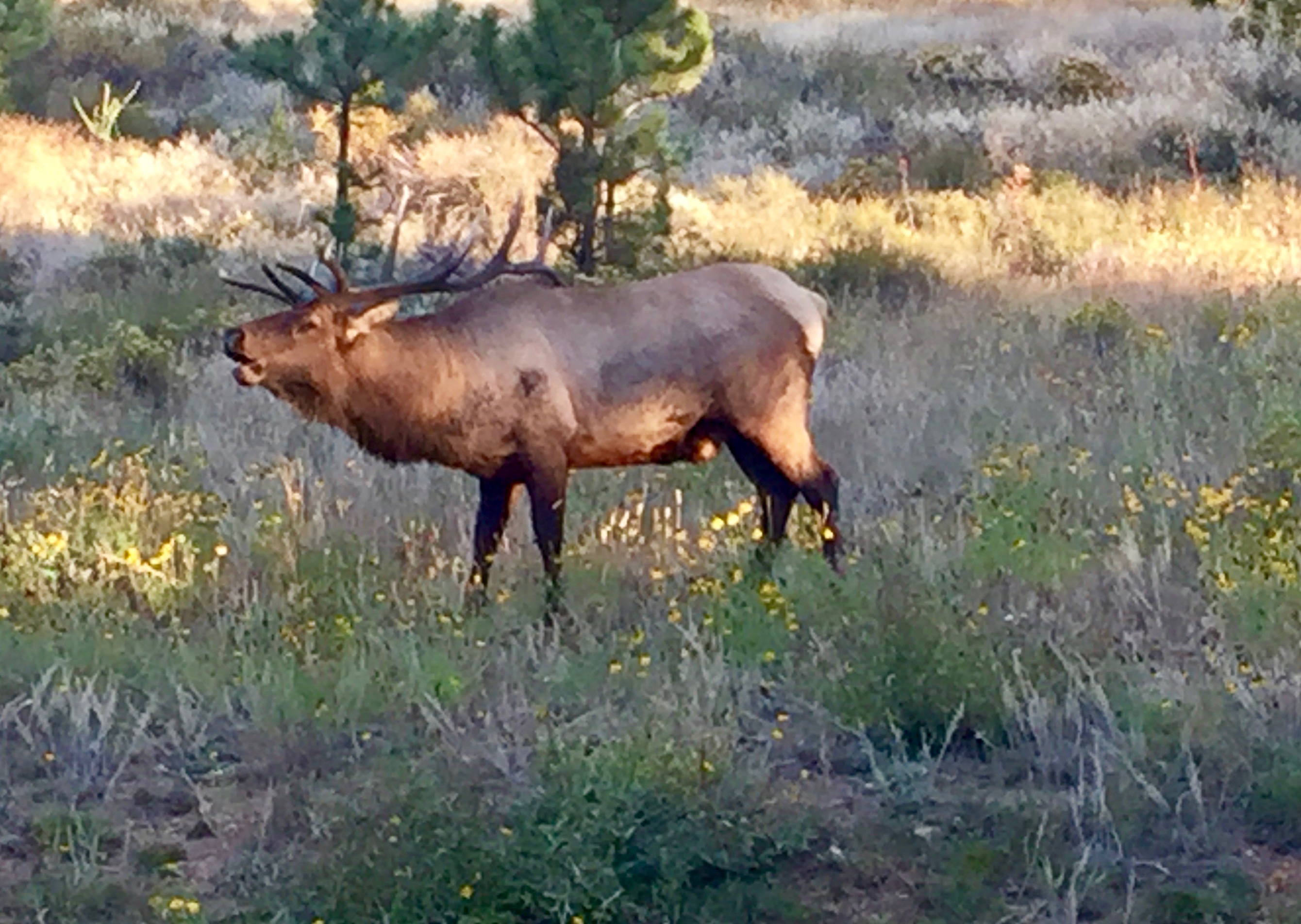
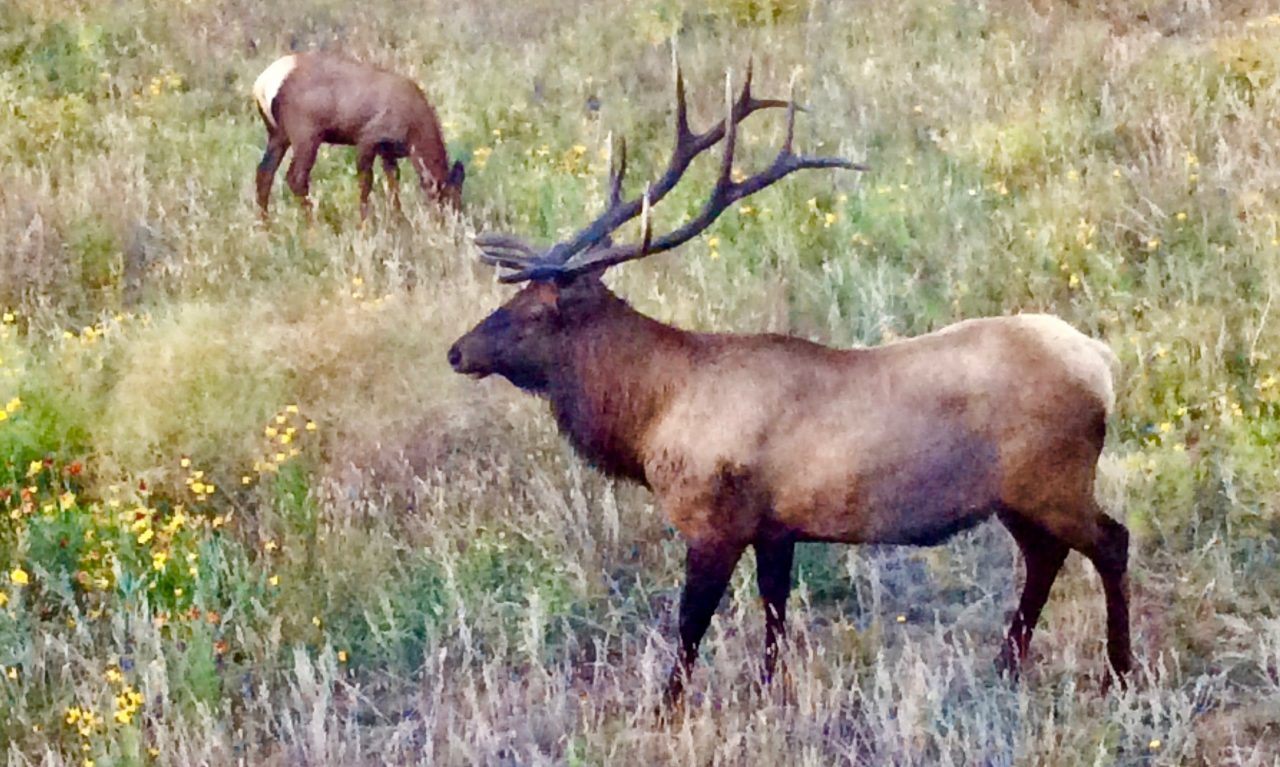

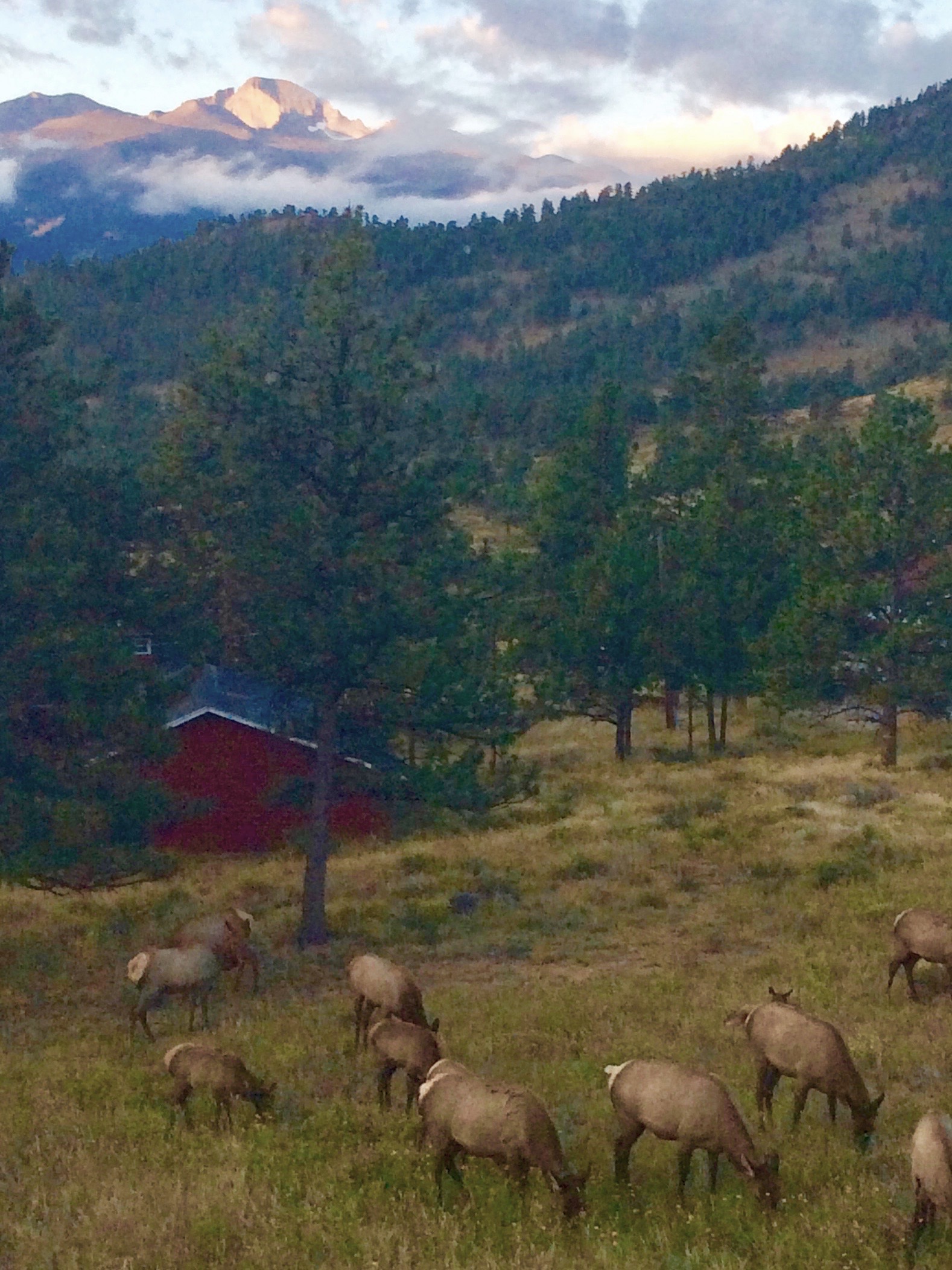
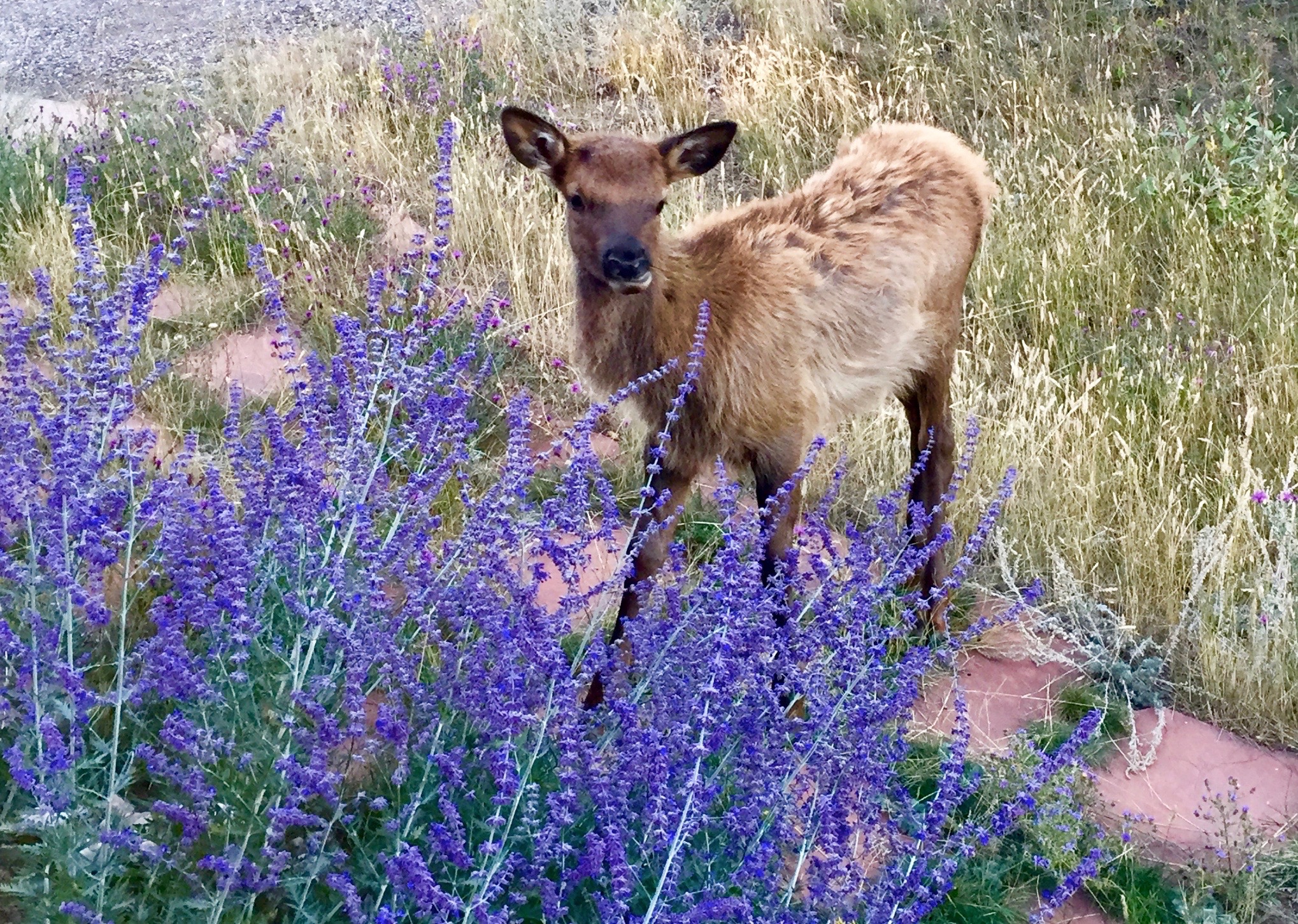
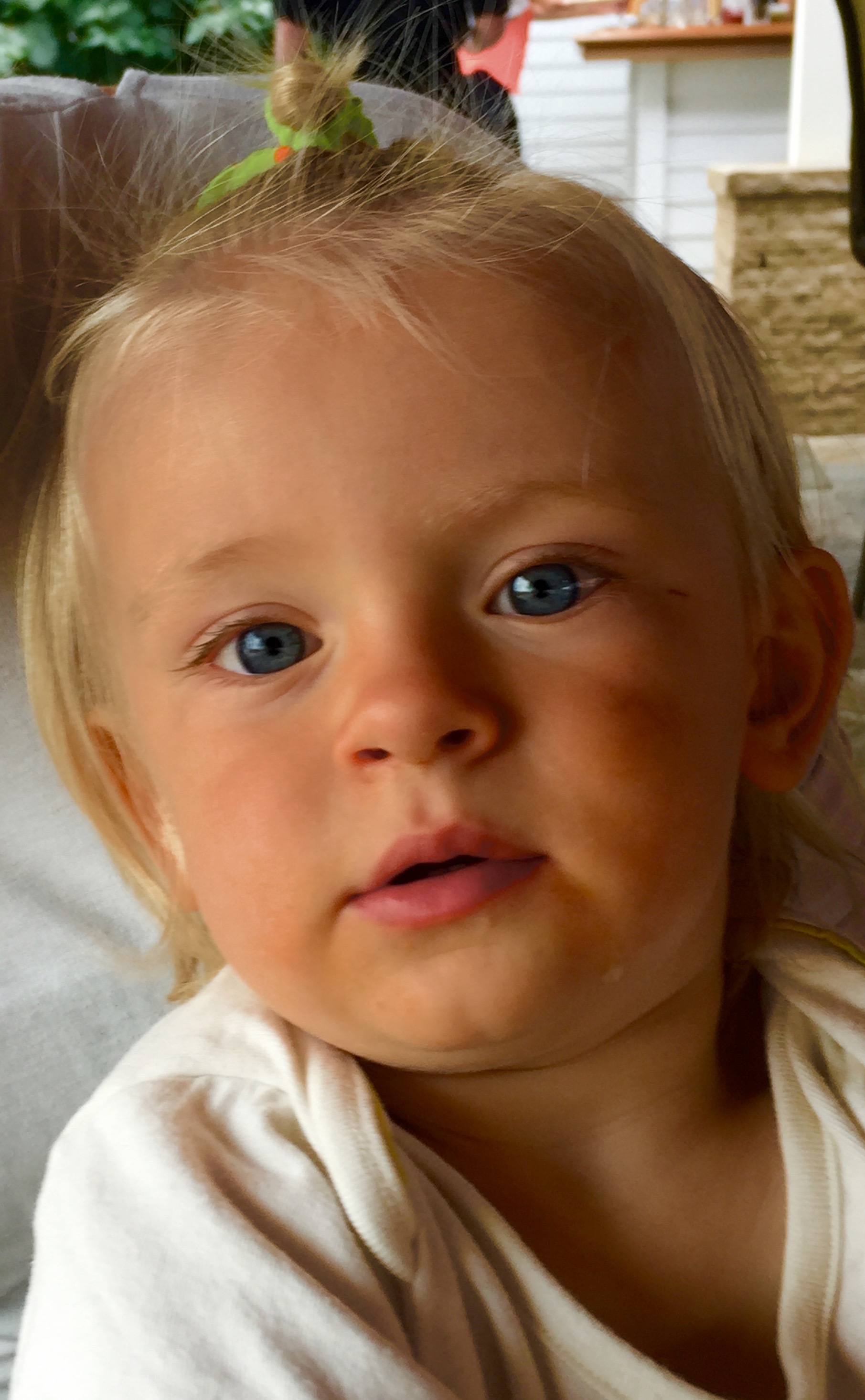
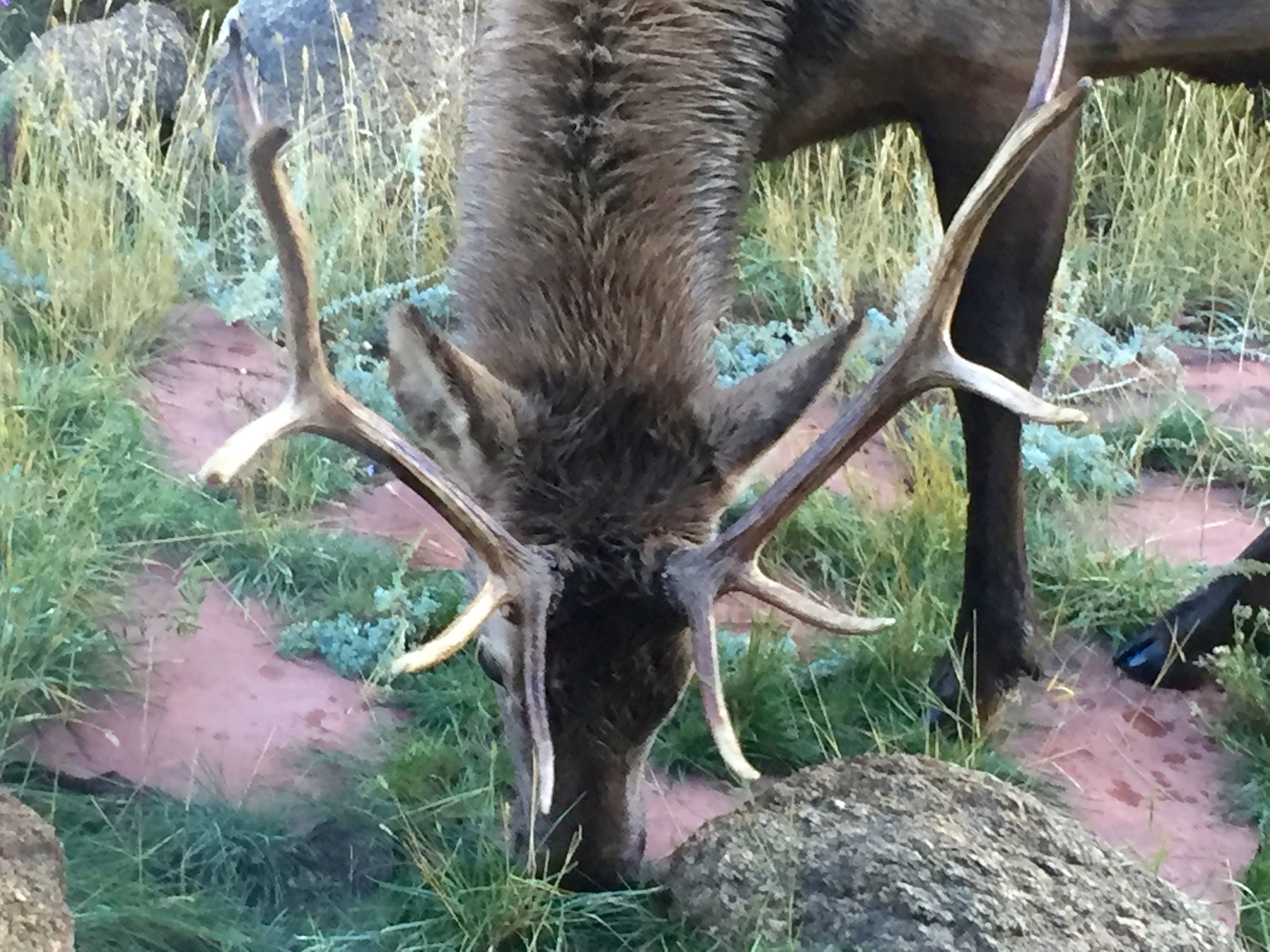


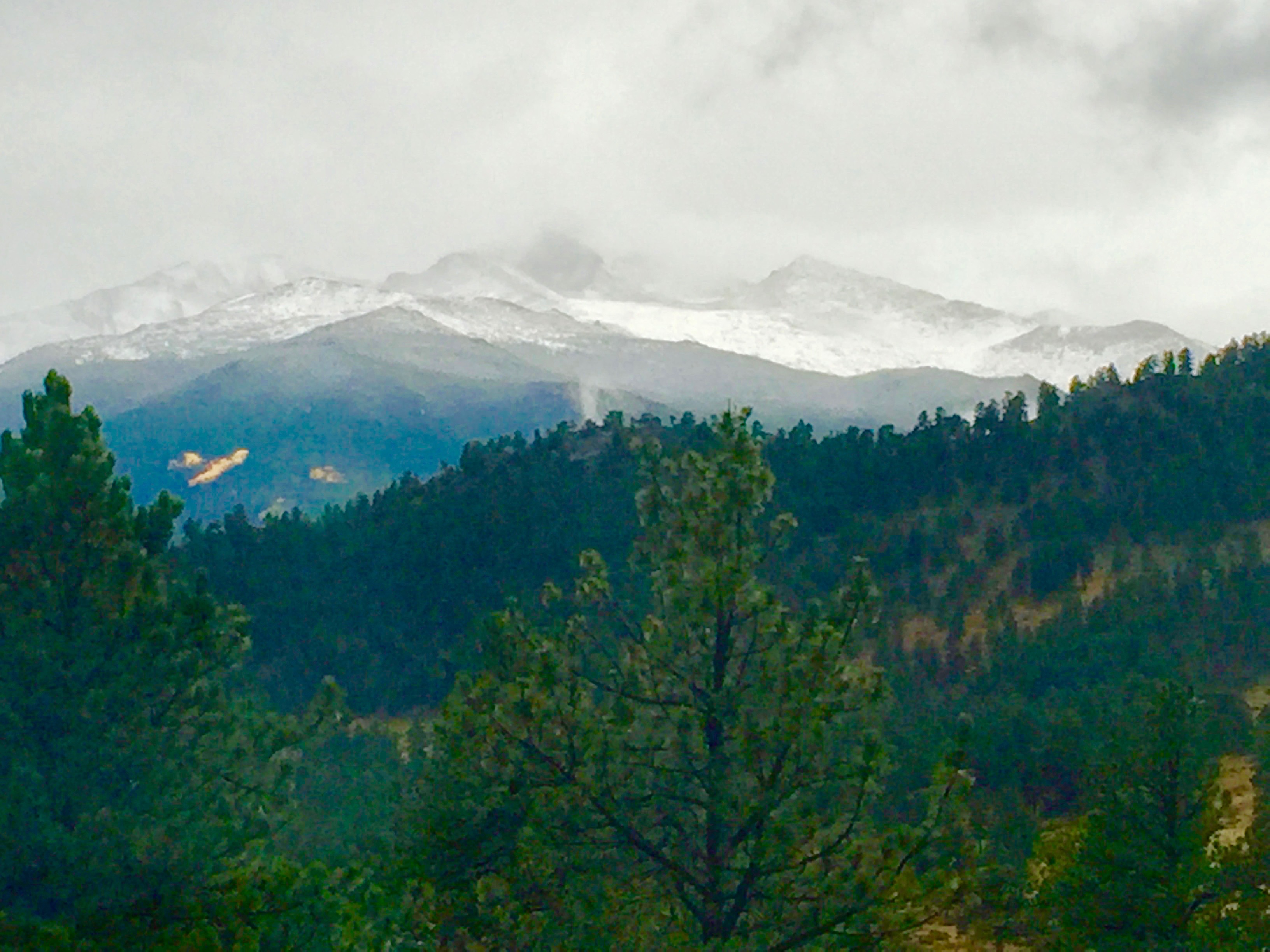

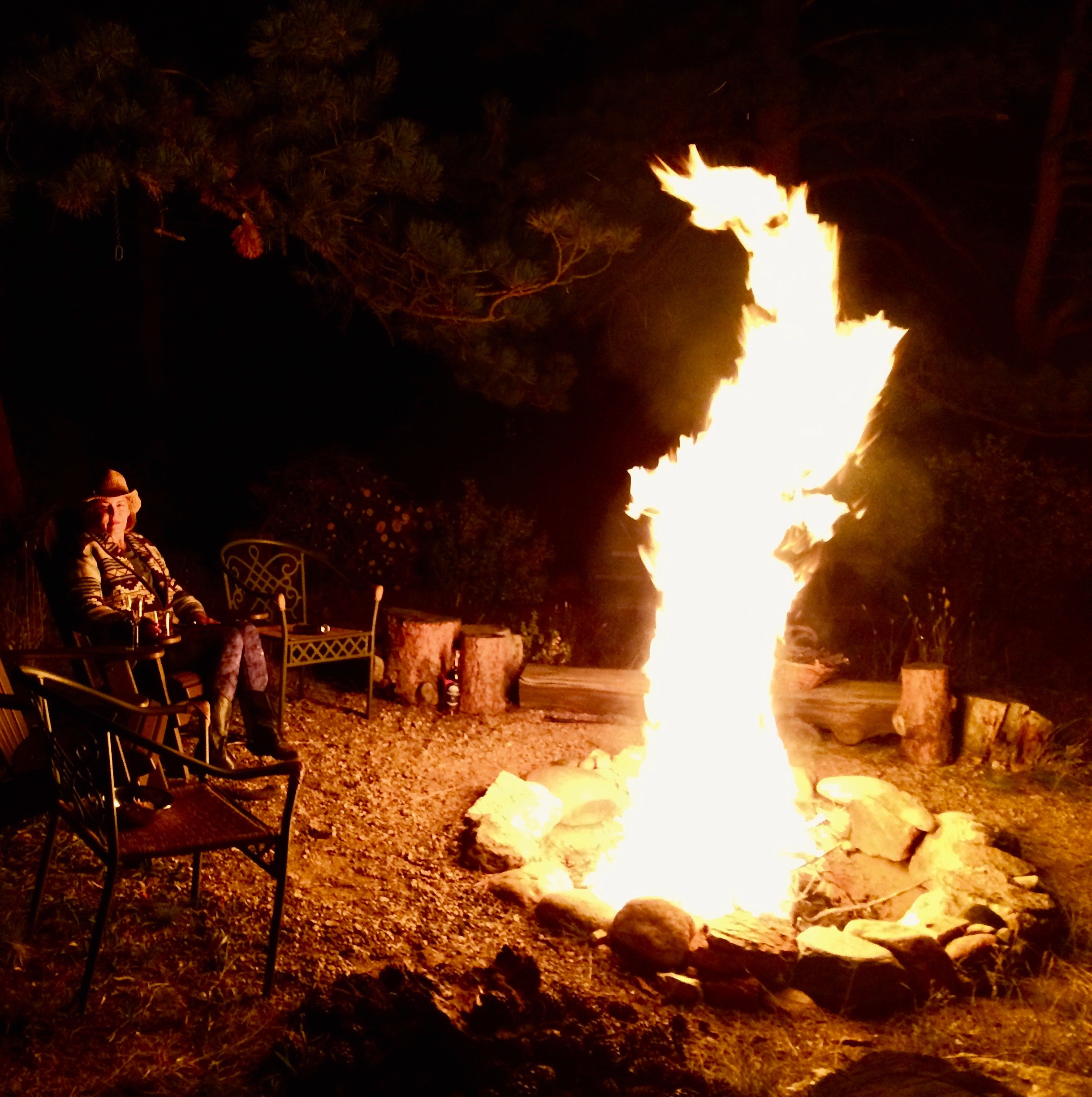
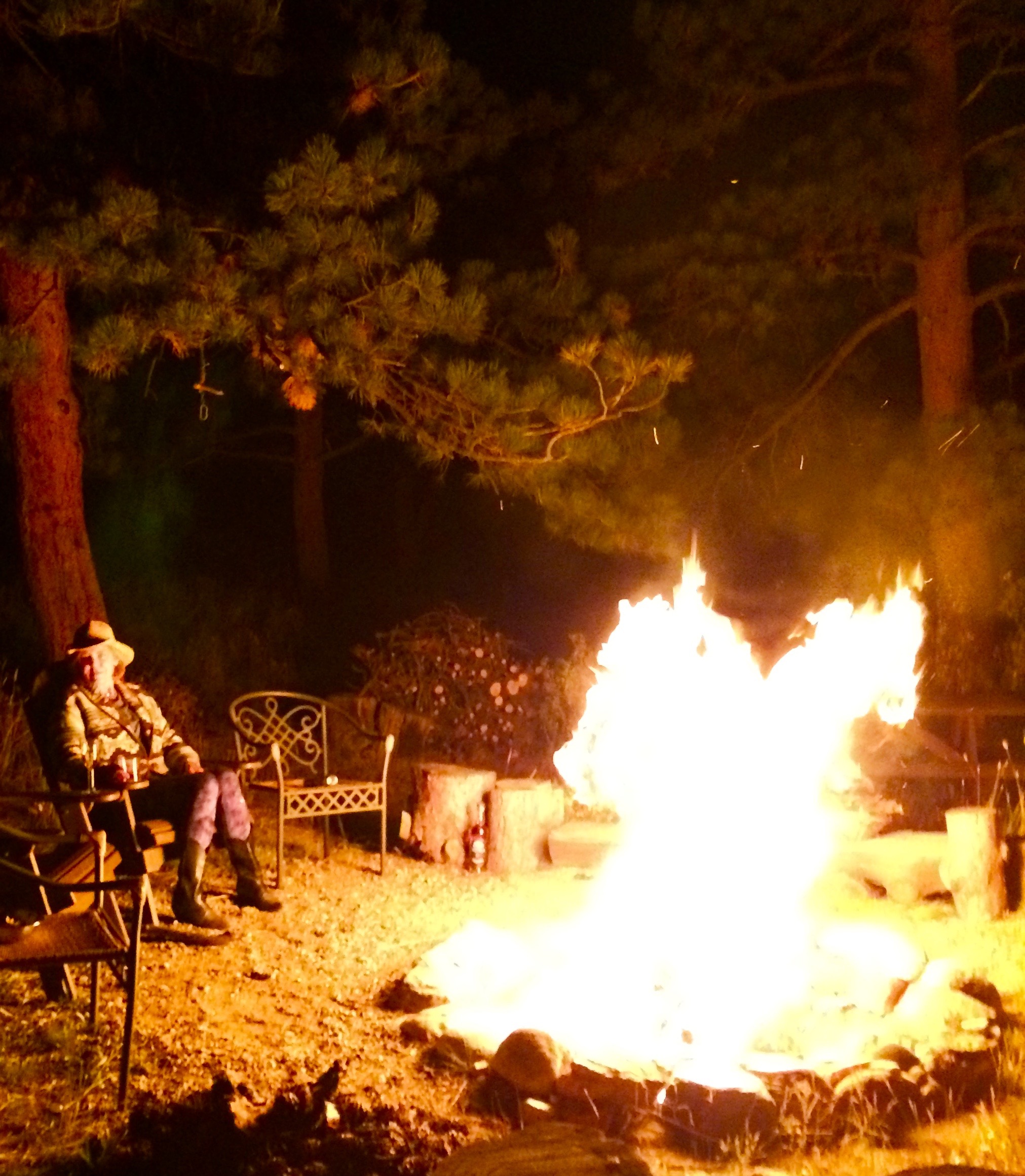




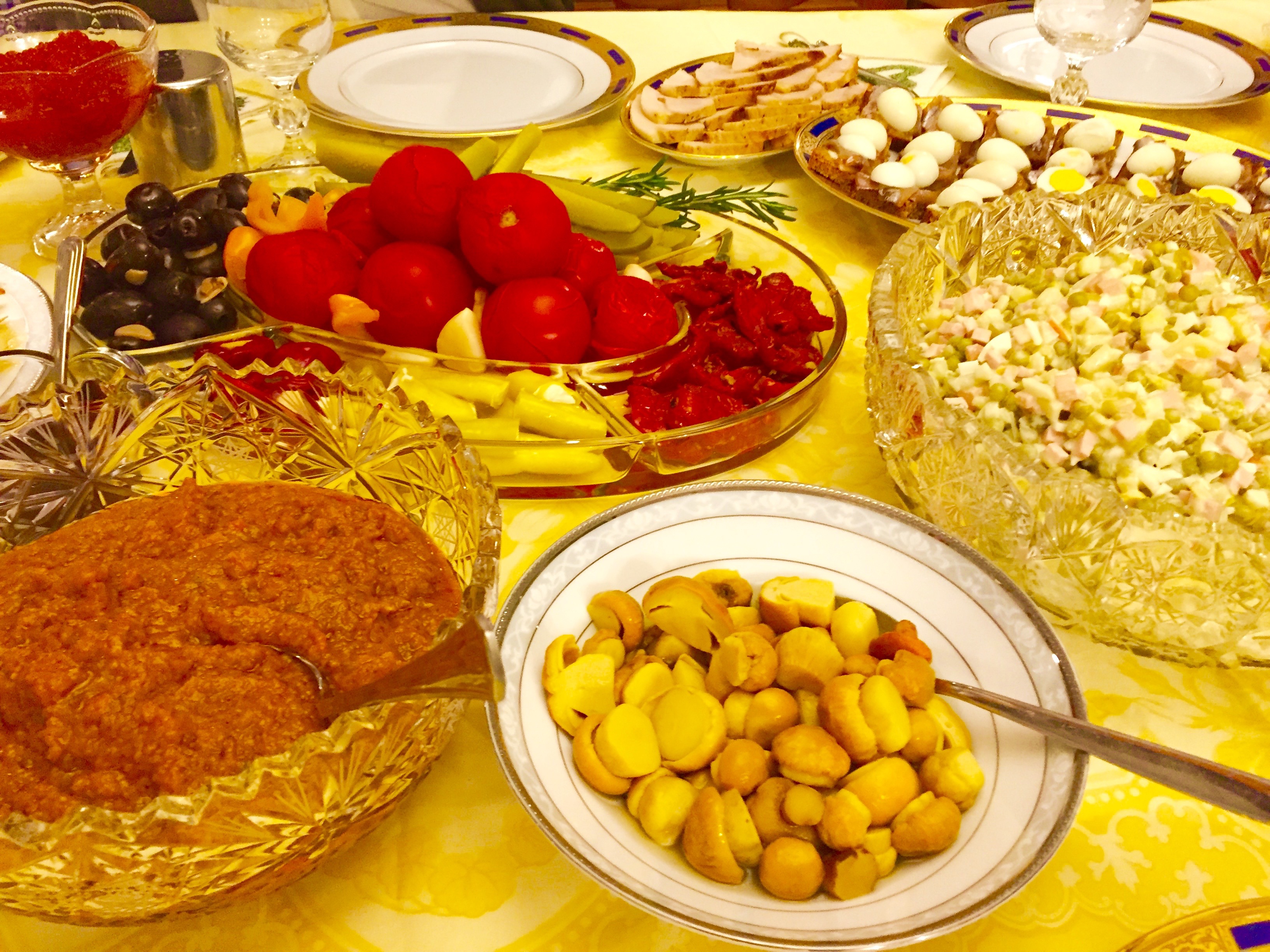
![img_6671 anna, leila, babushka [vera]](https://i0.wp.com/atasteofmind.com/wp-content/uploads/2017/01/img_6671.jpg?w=334&h=334&crop=1&ssl=1)






